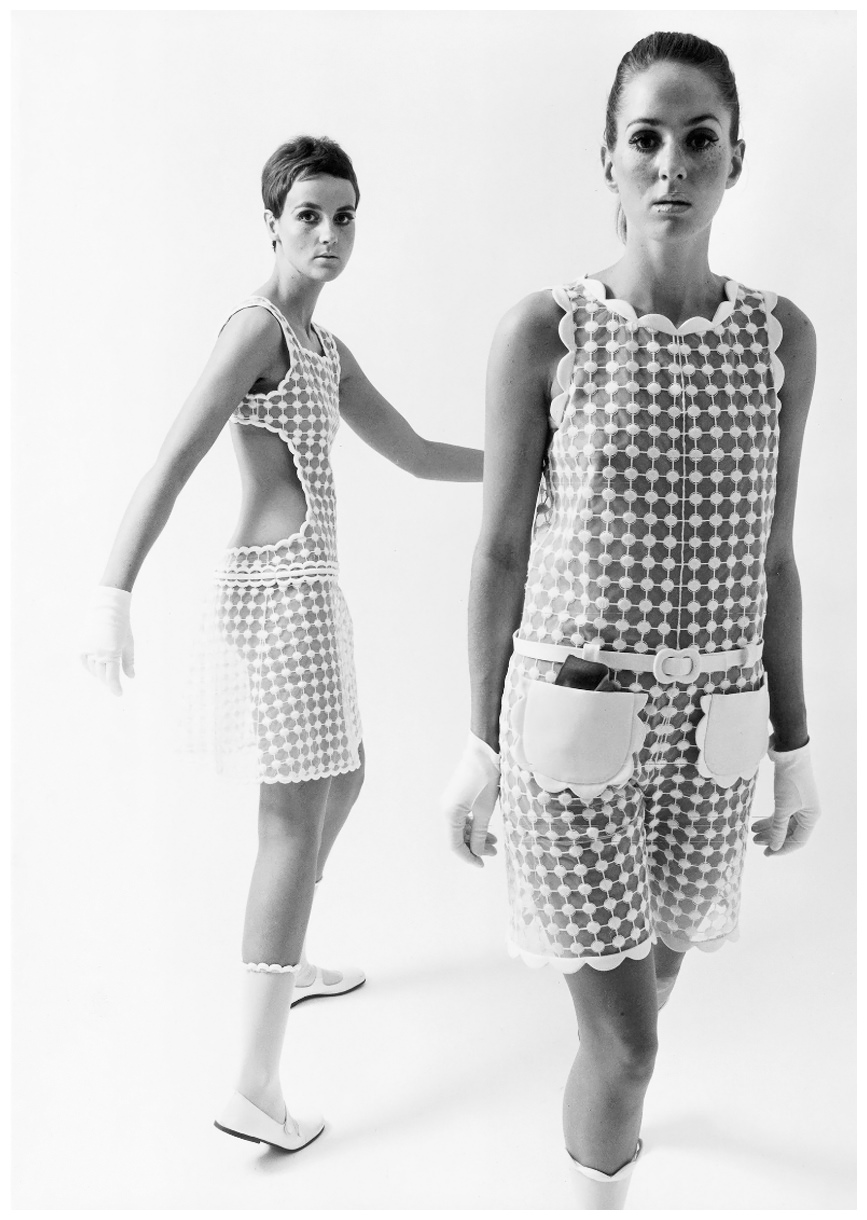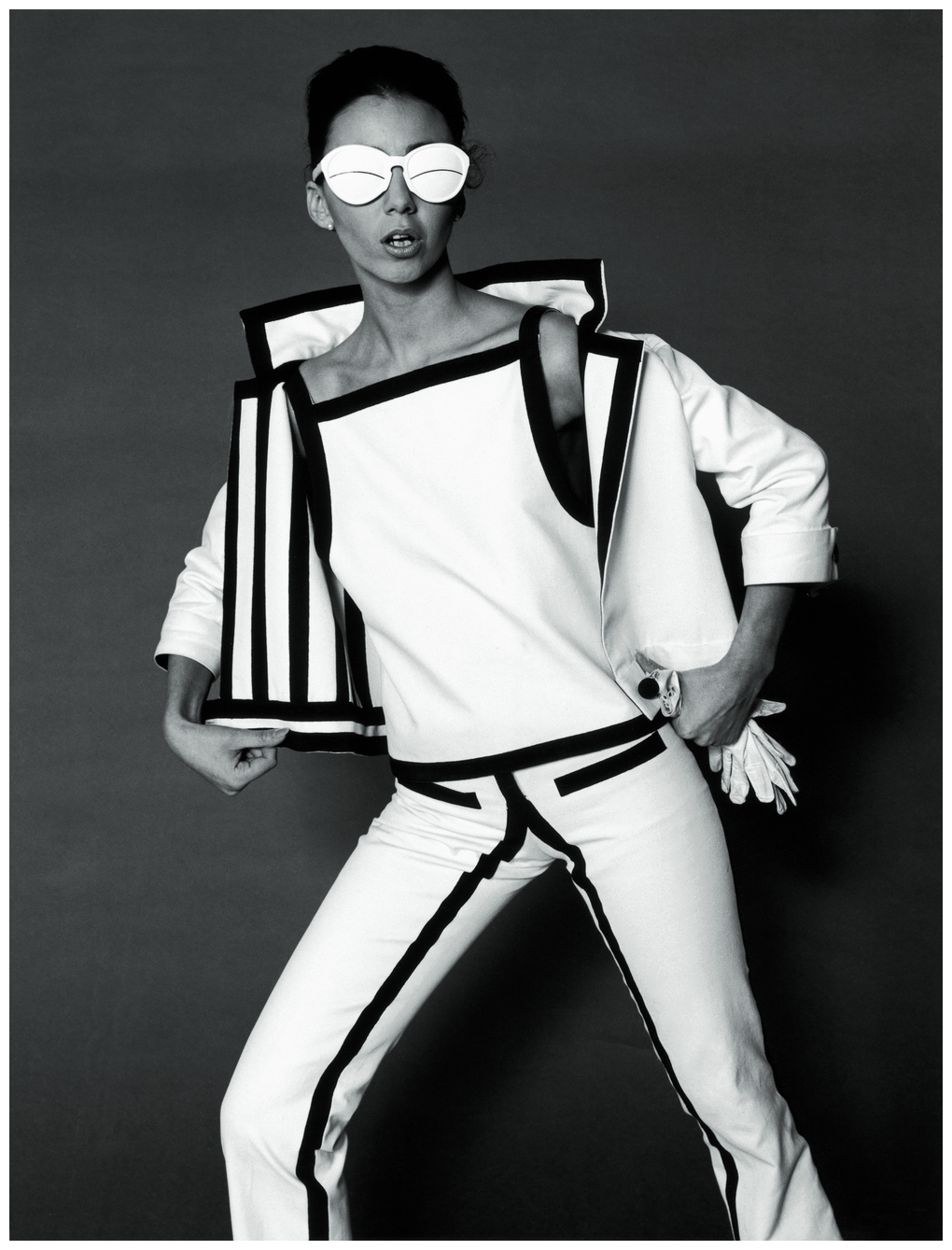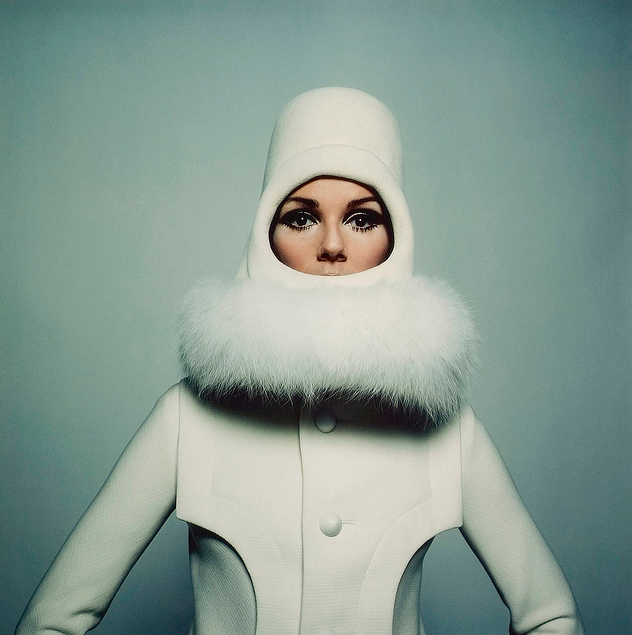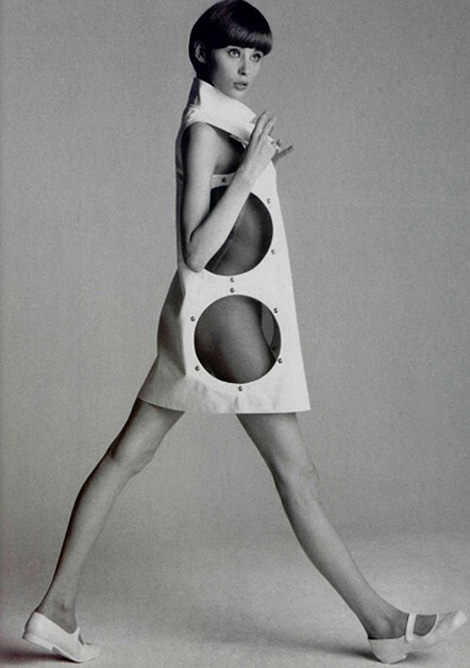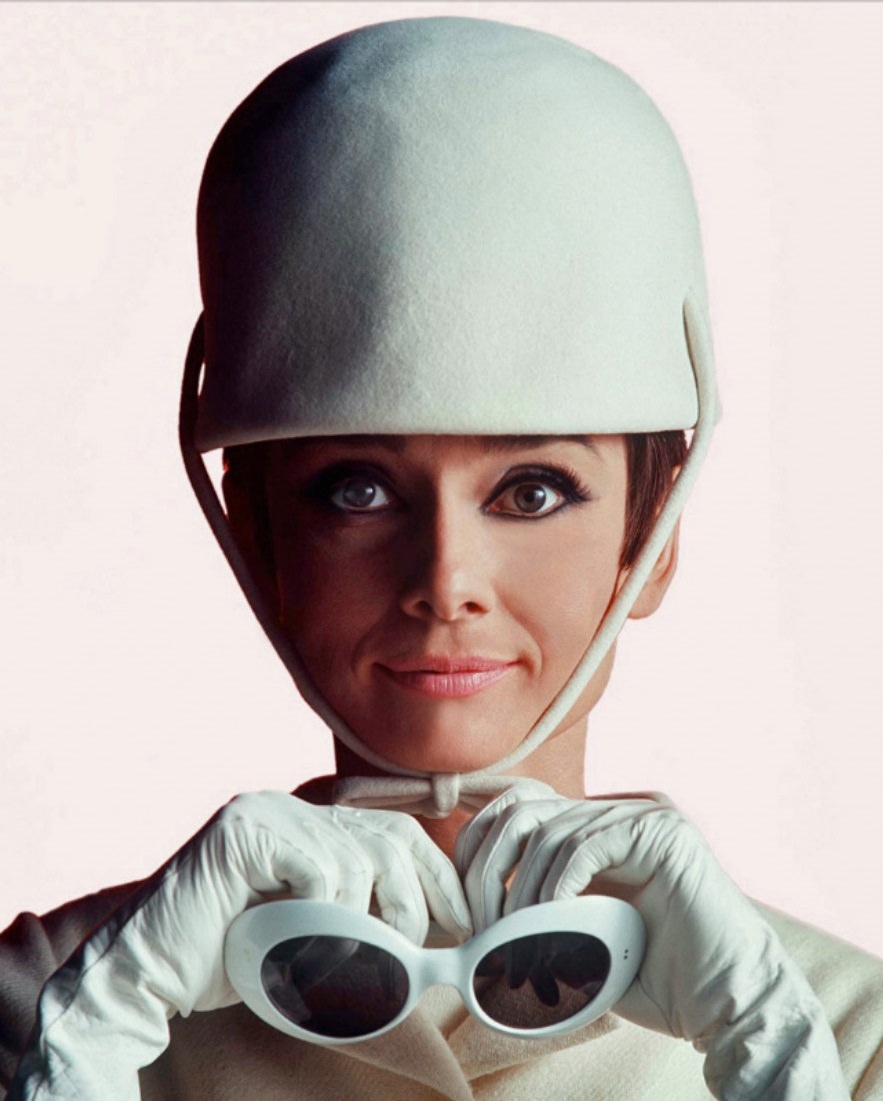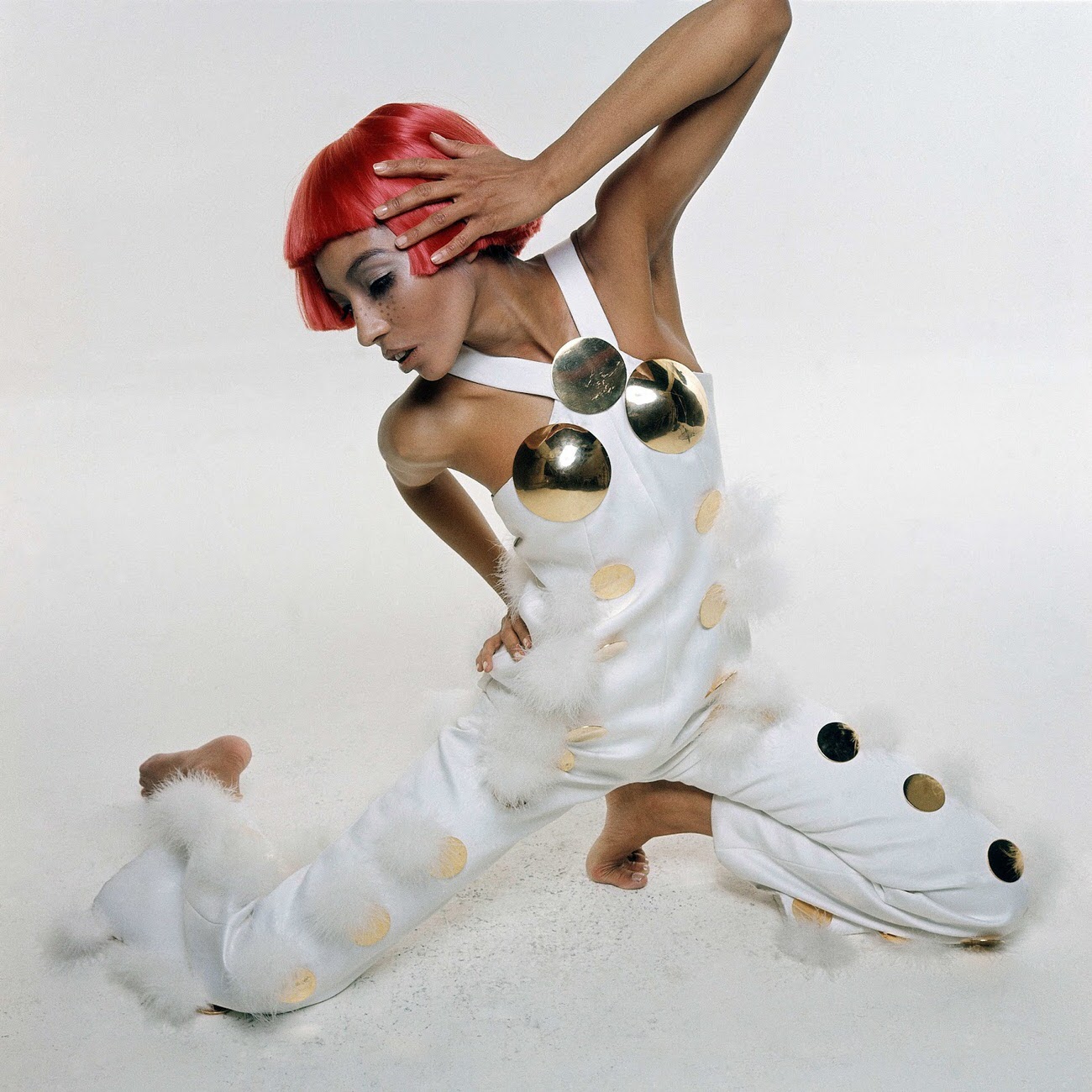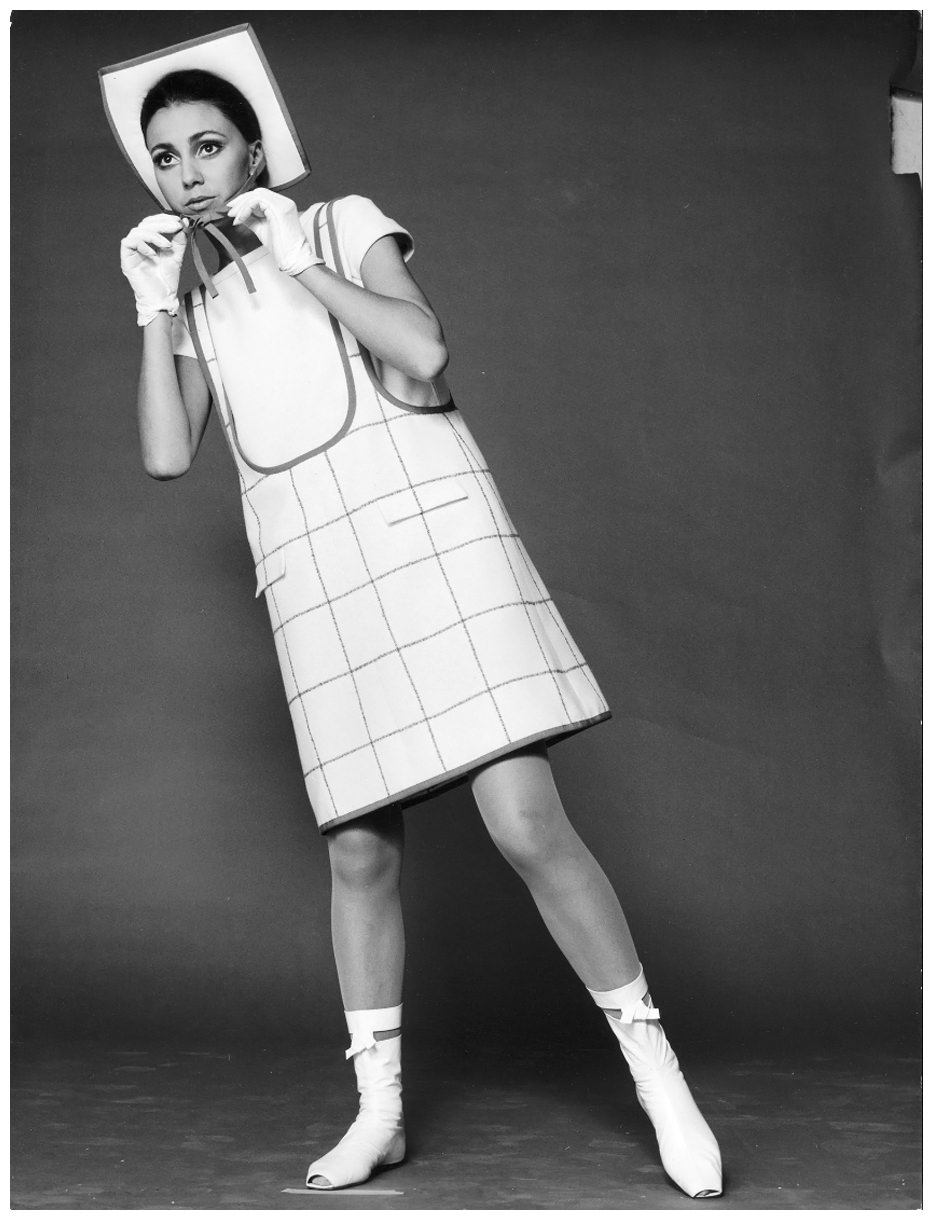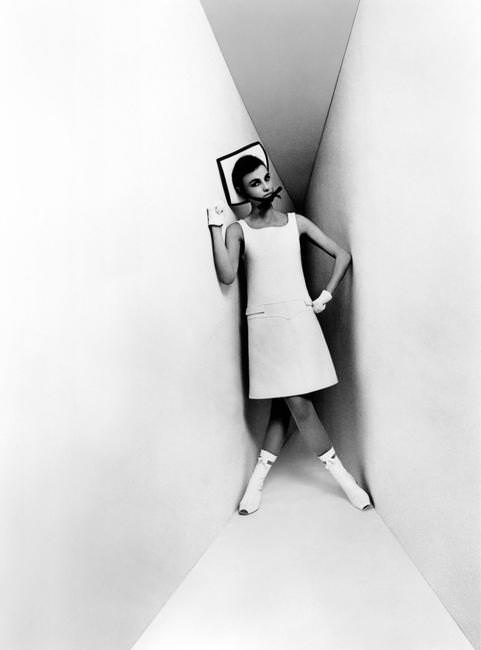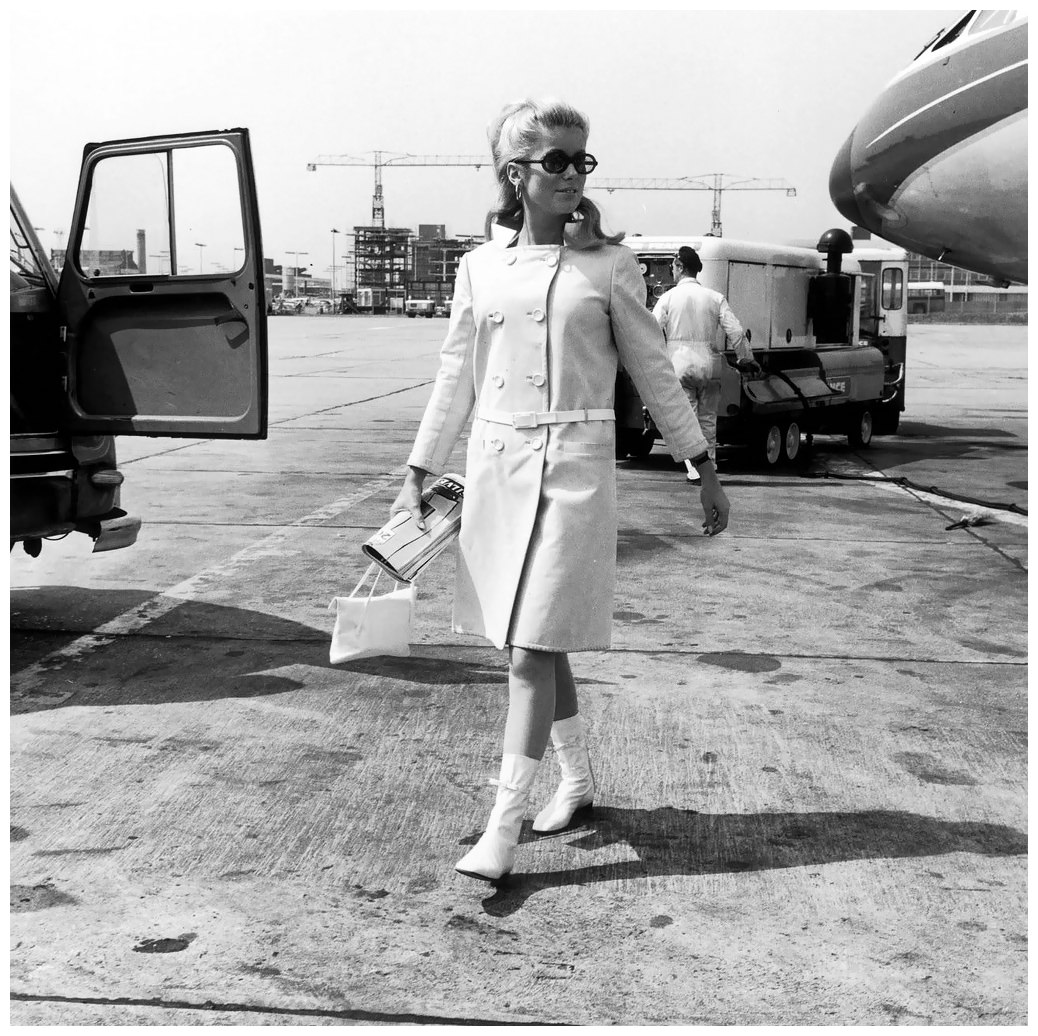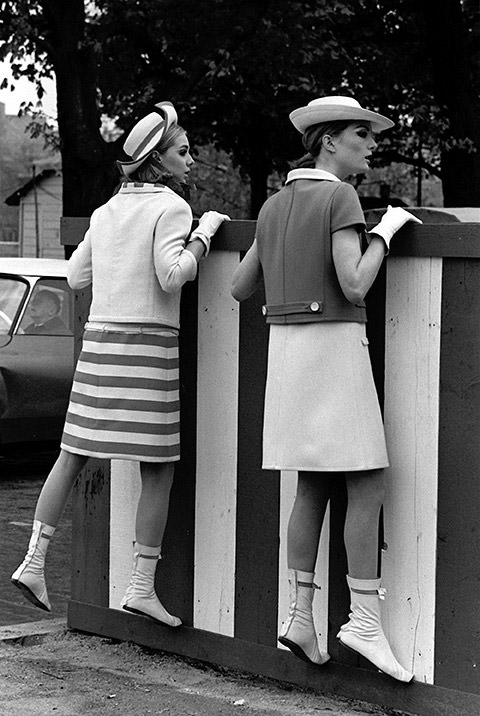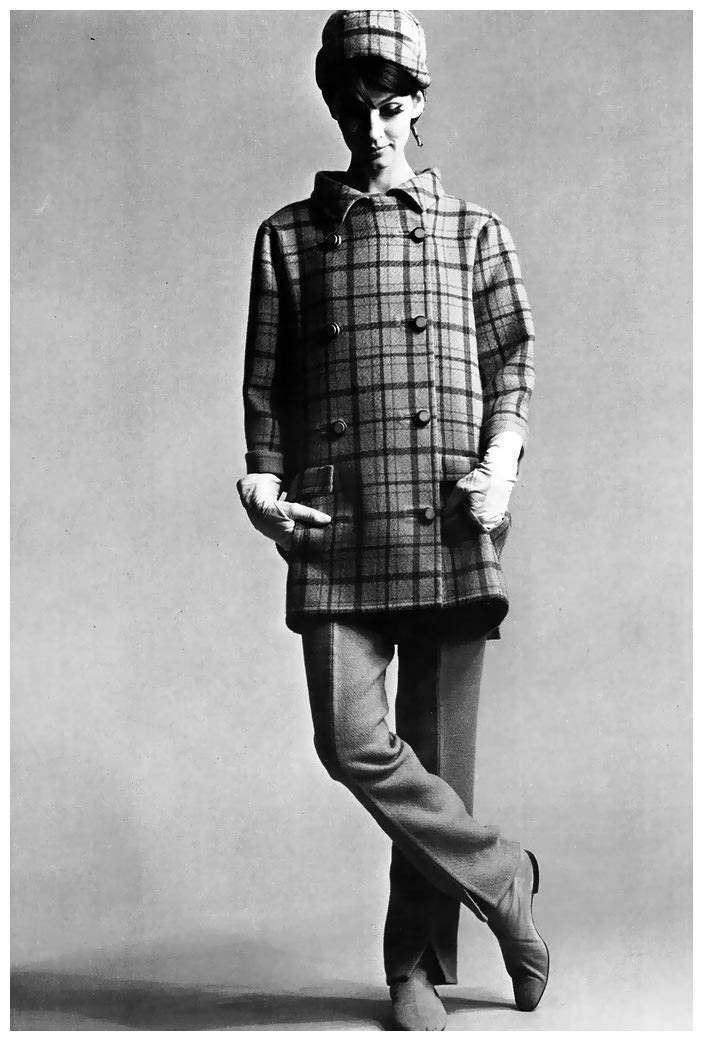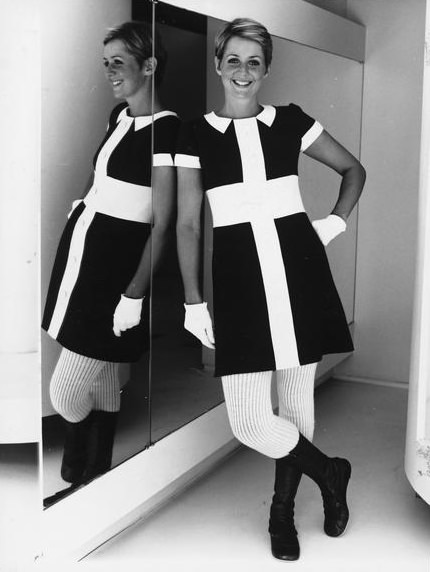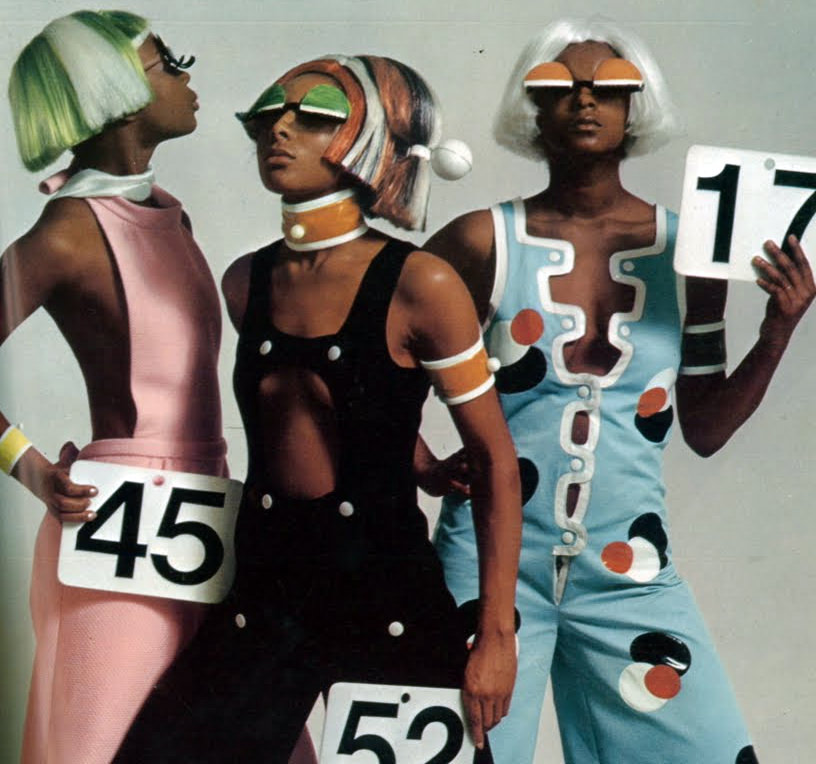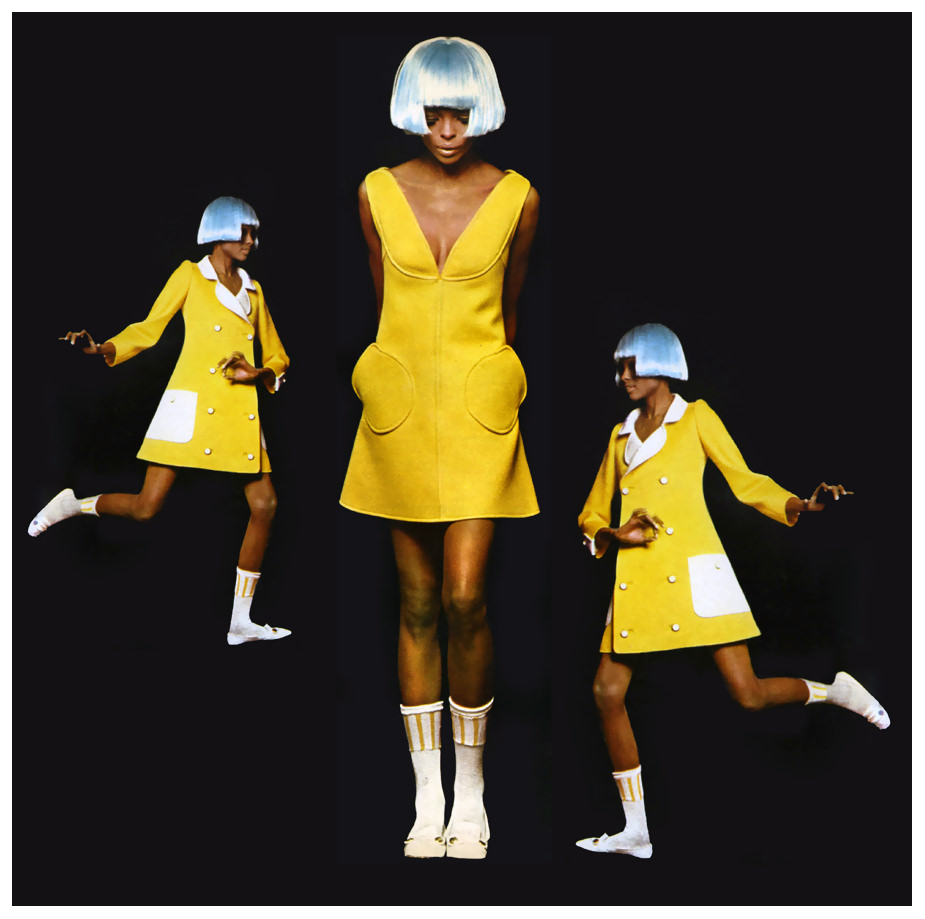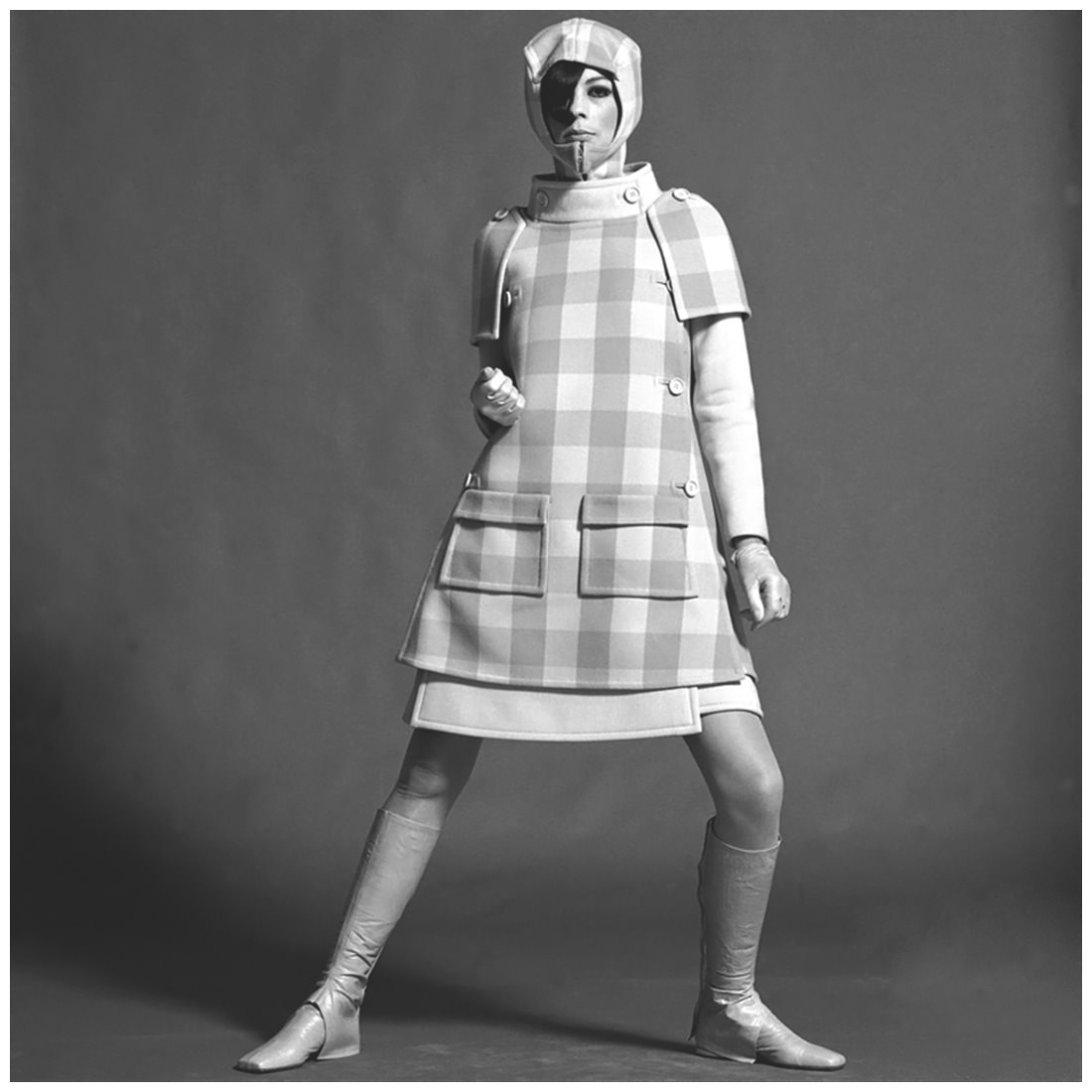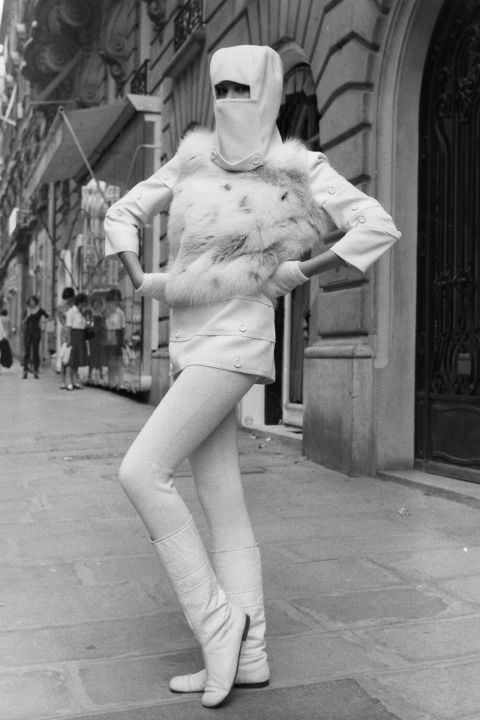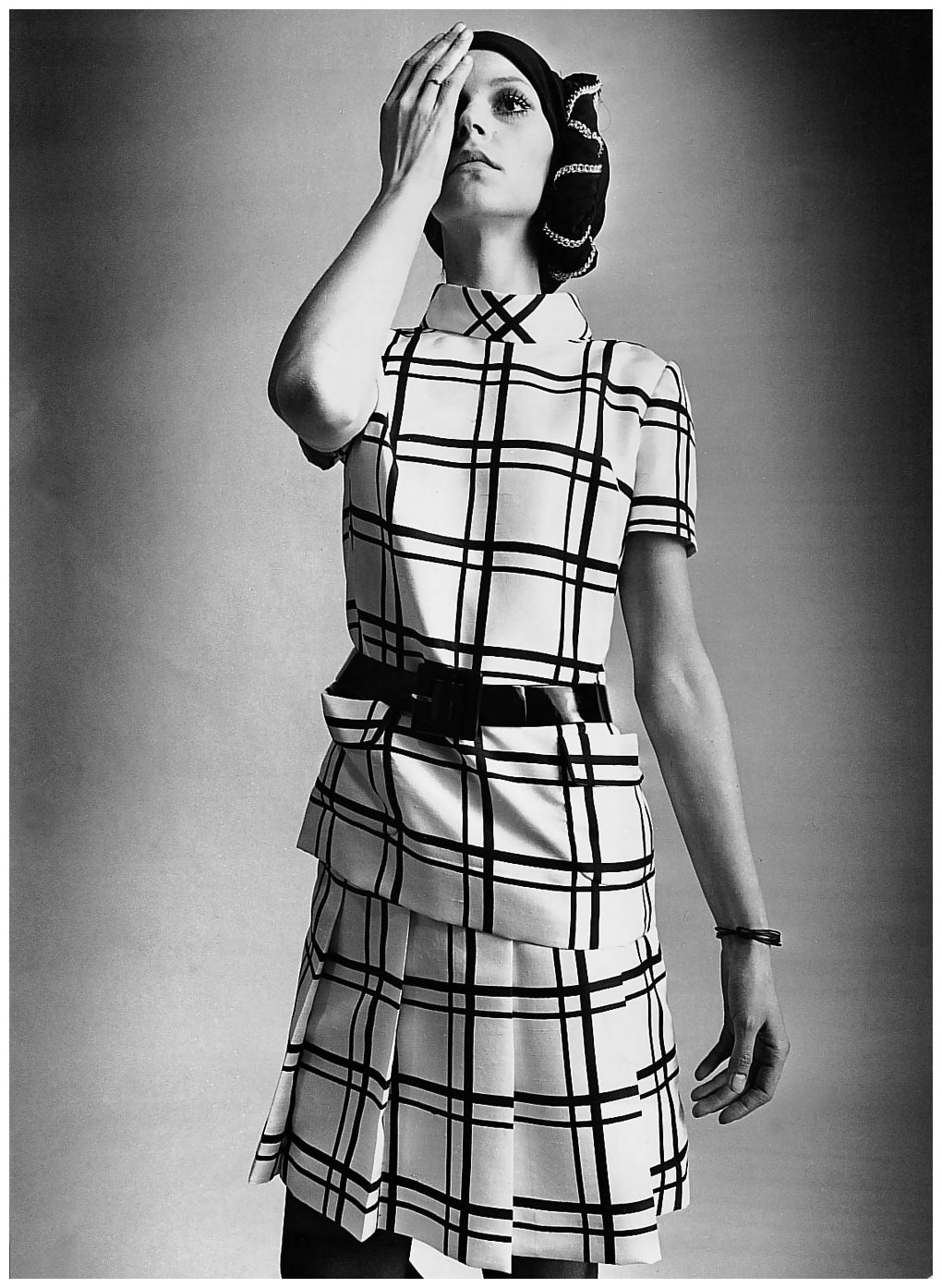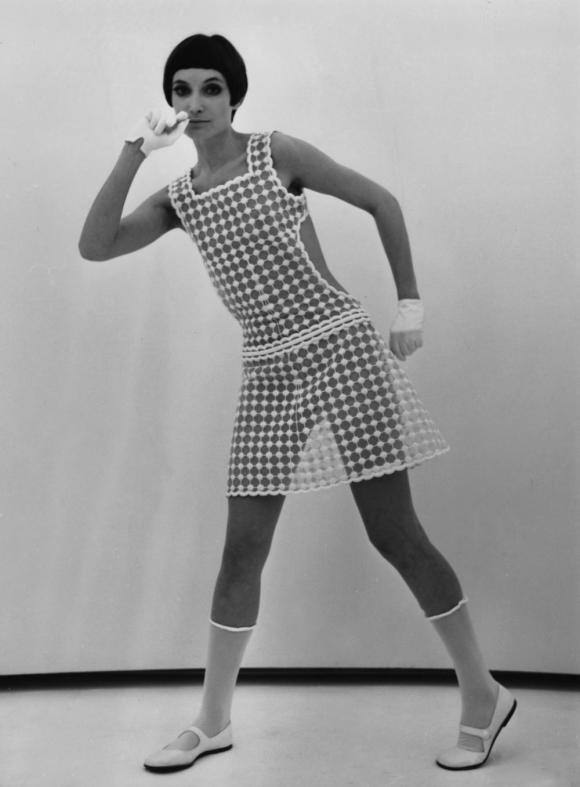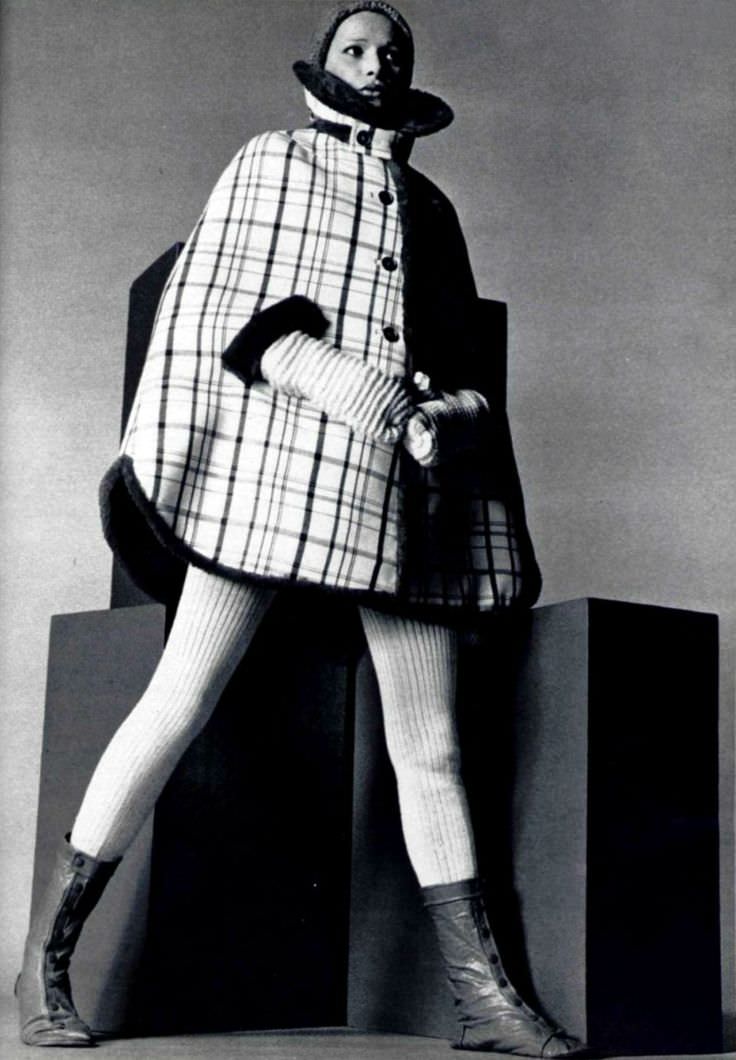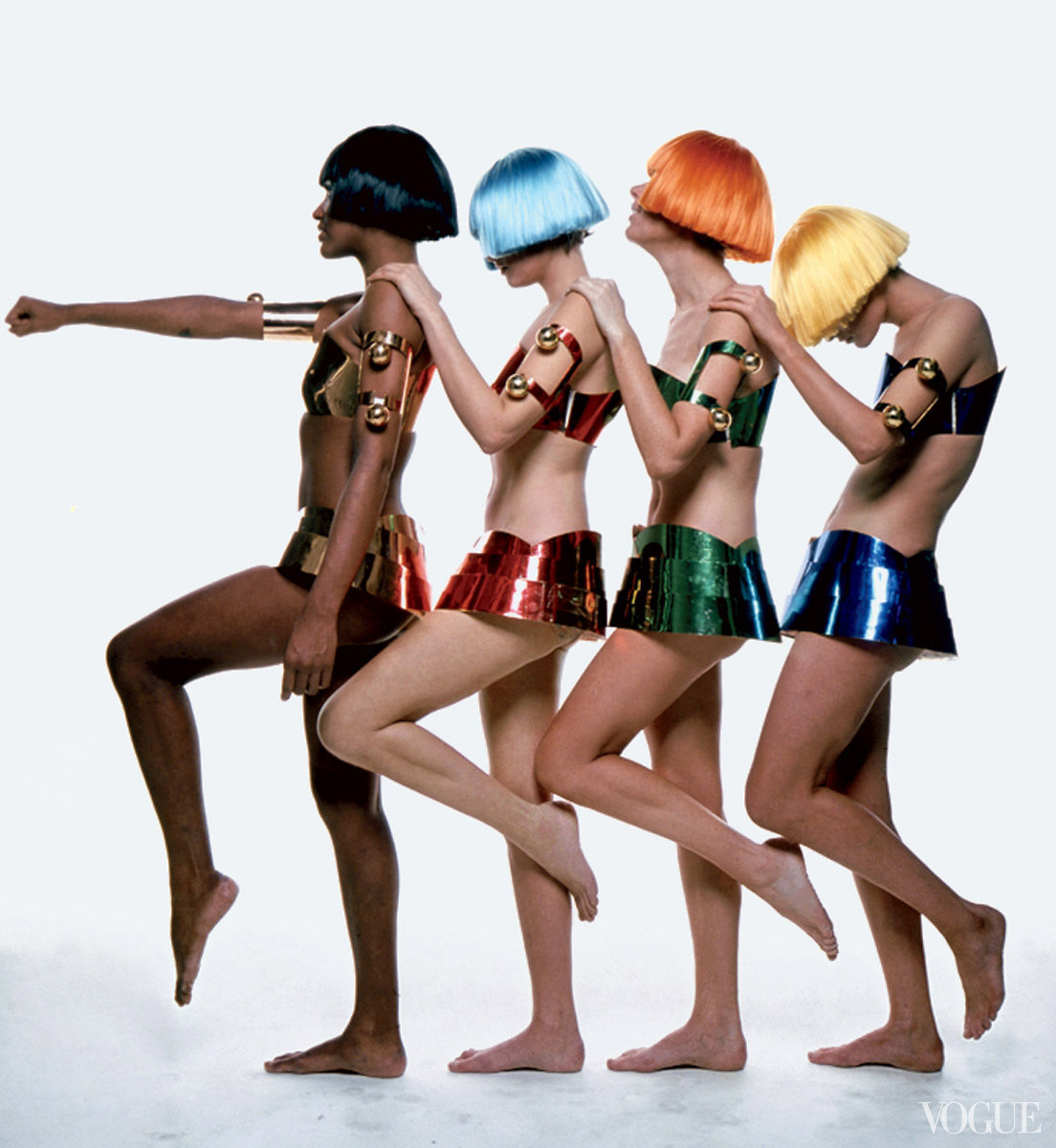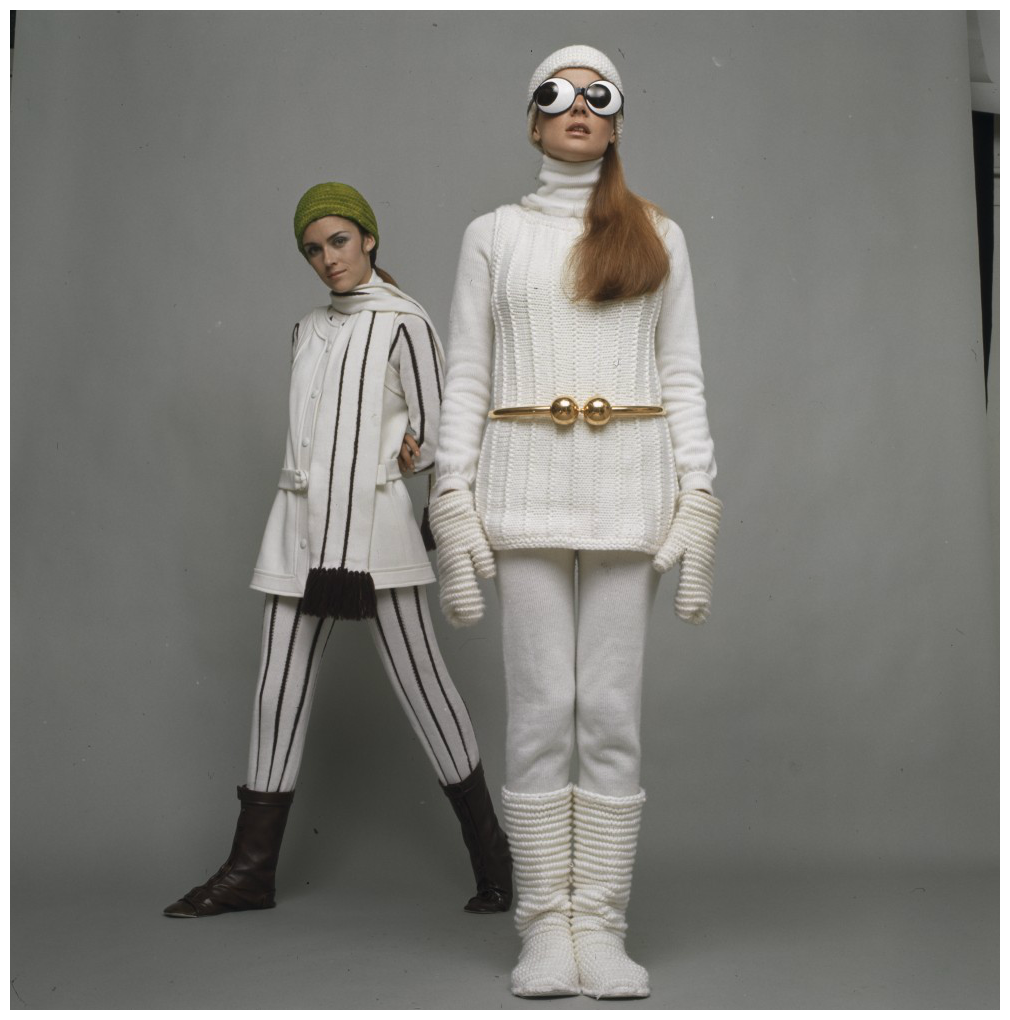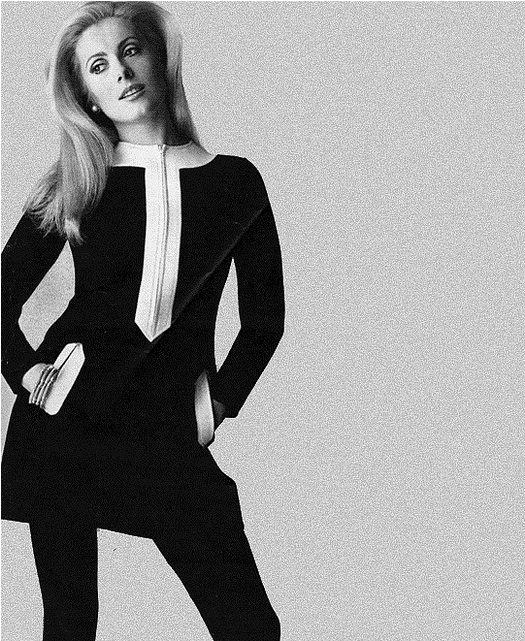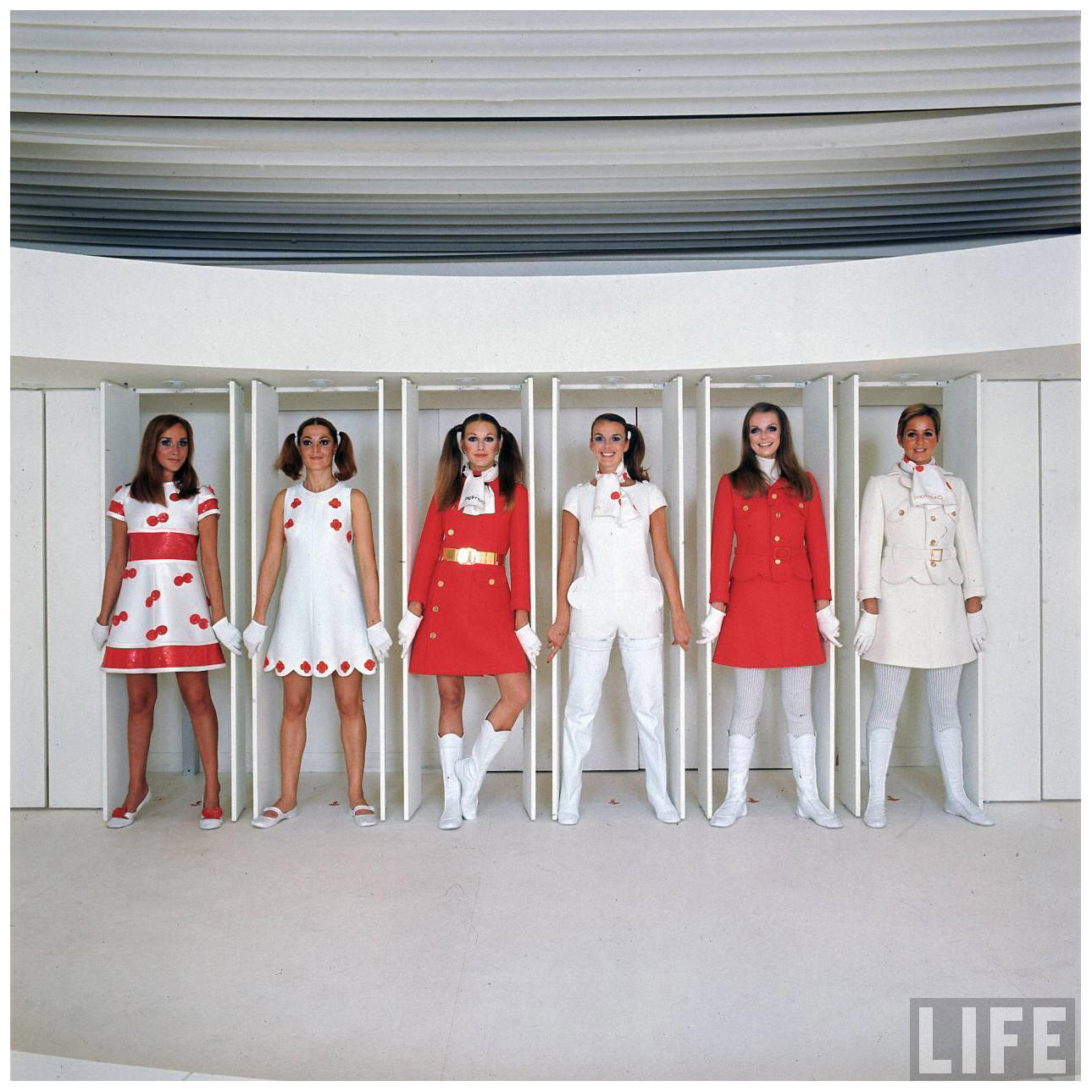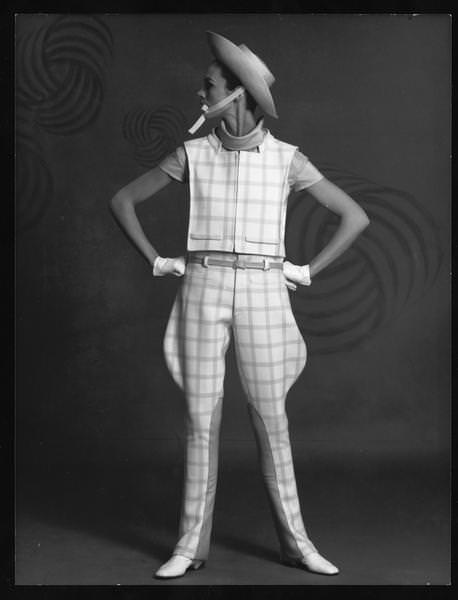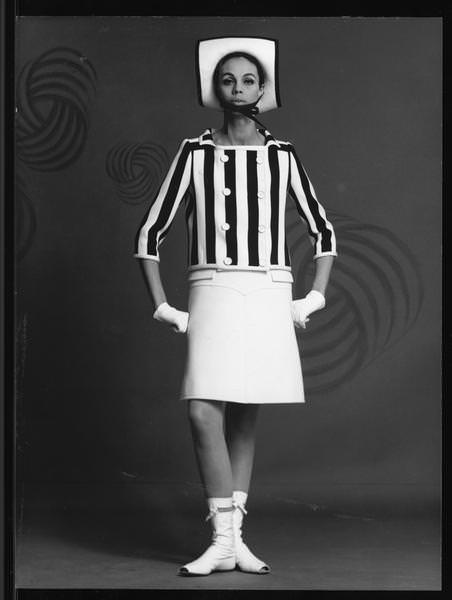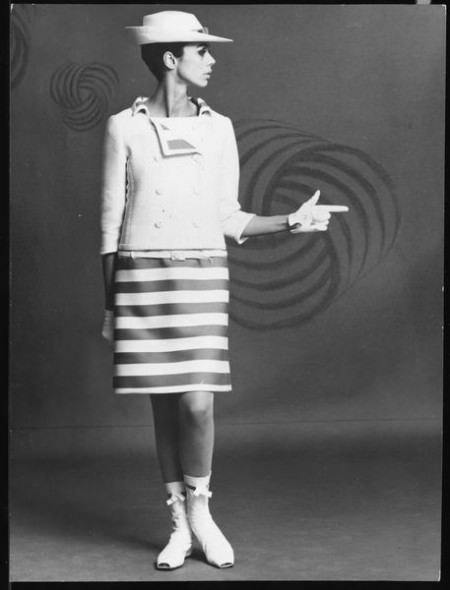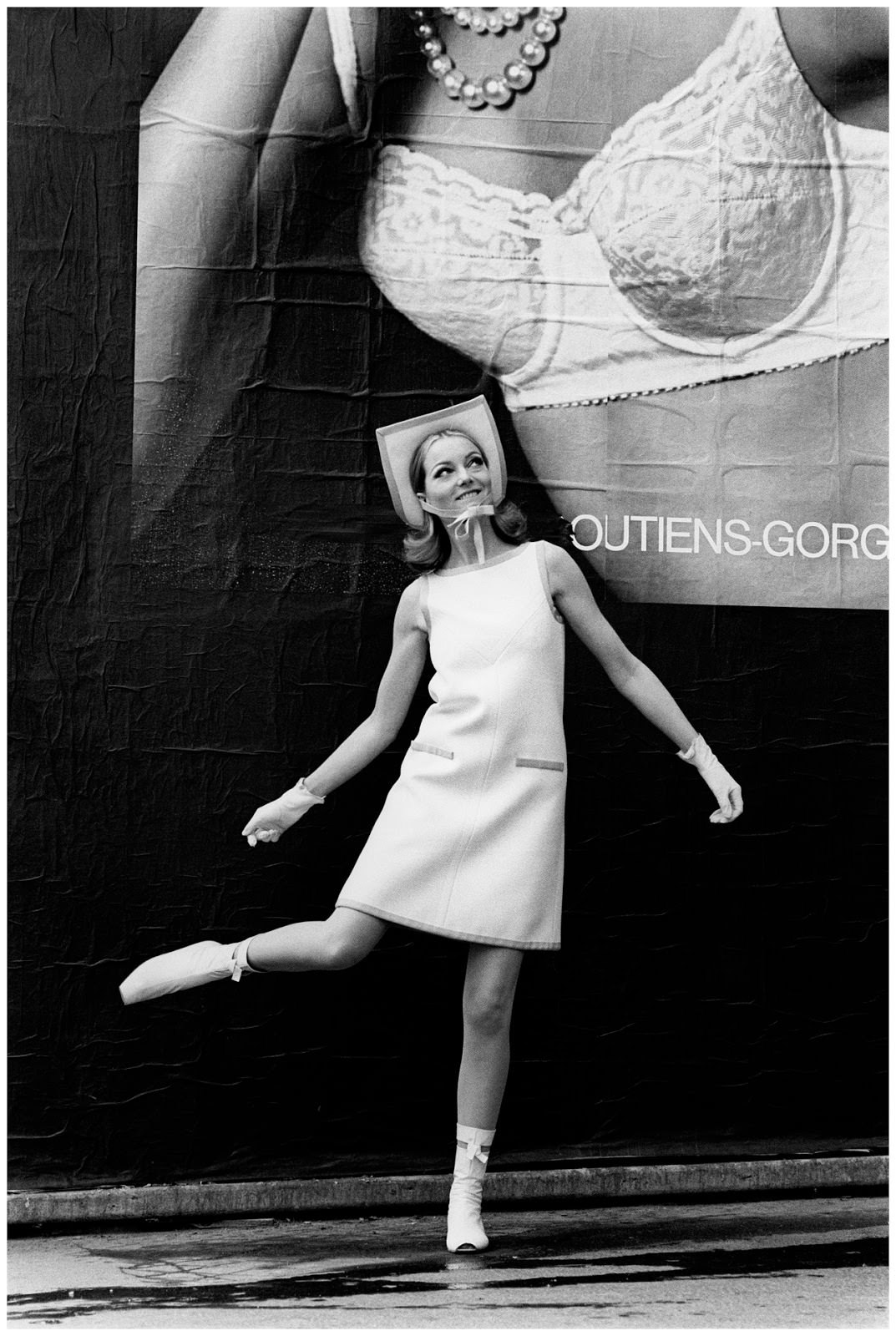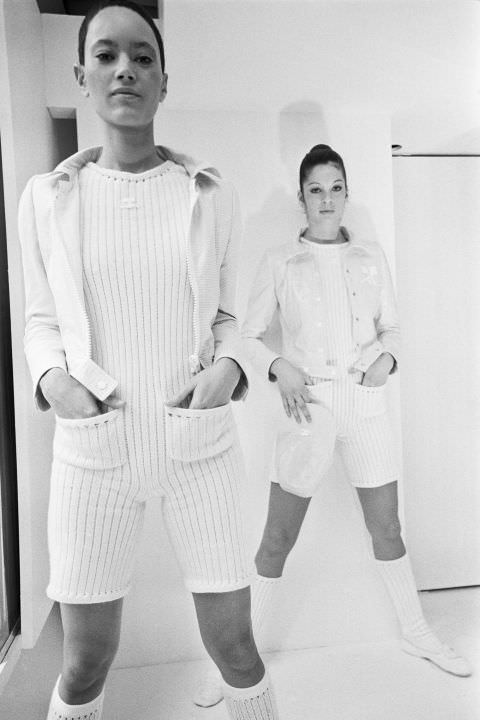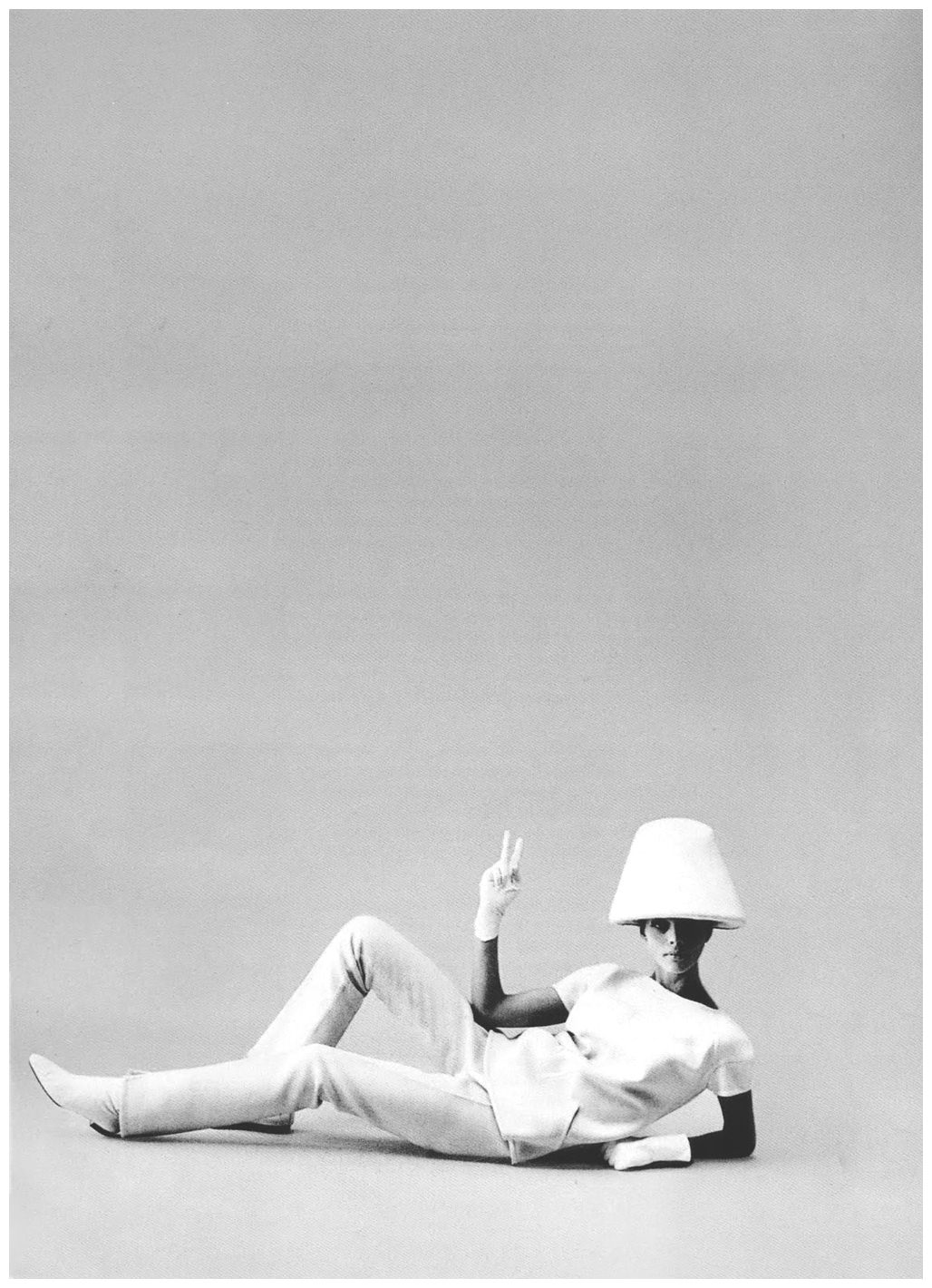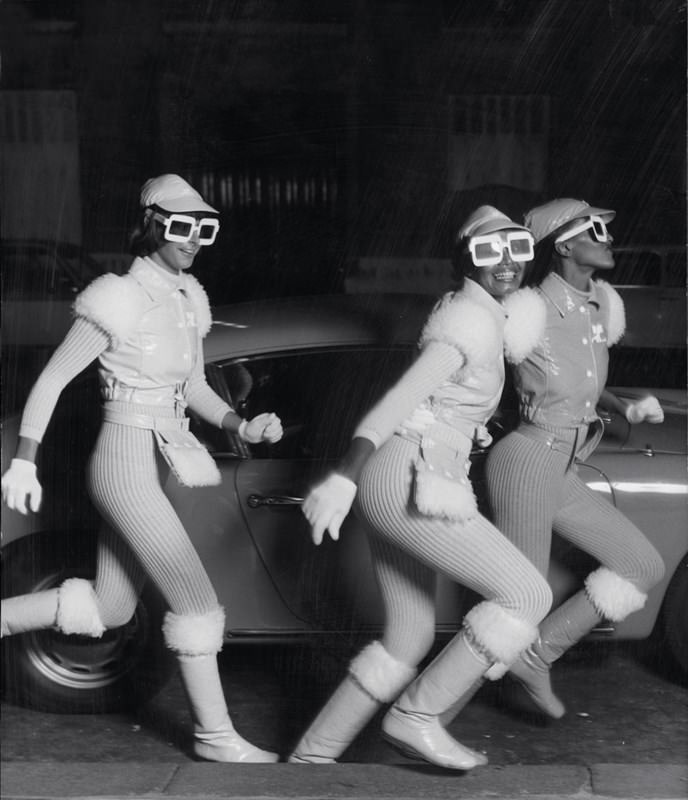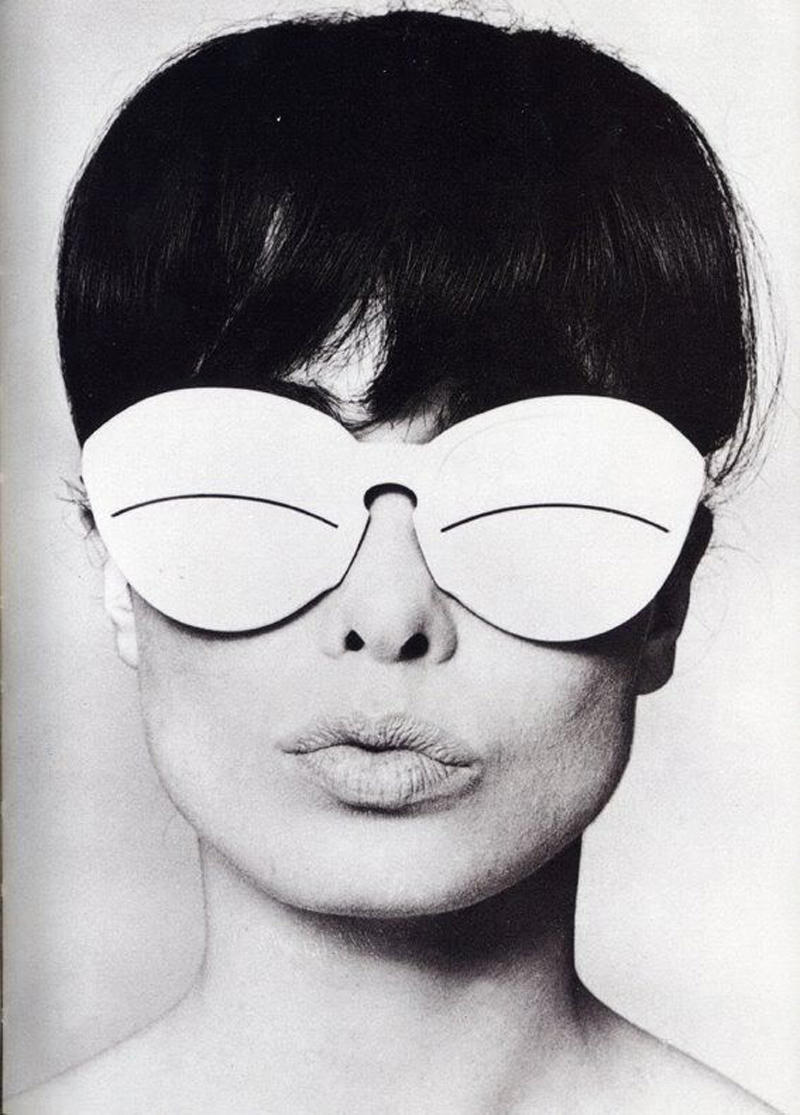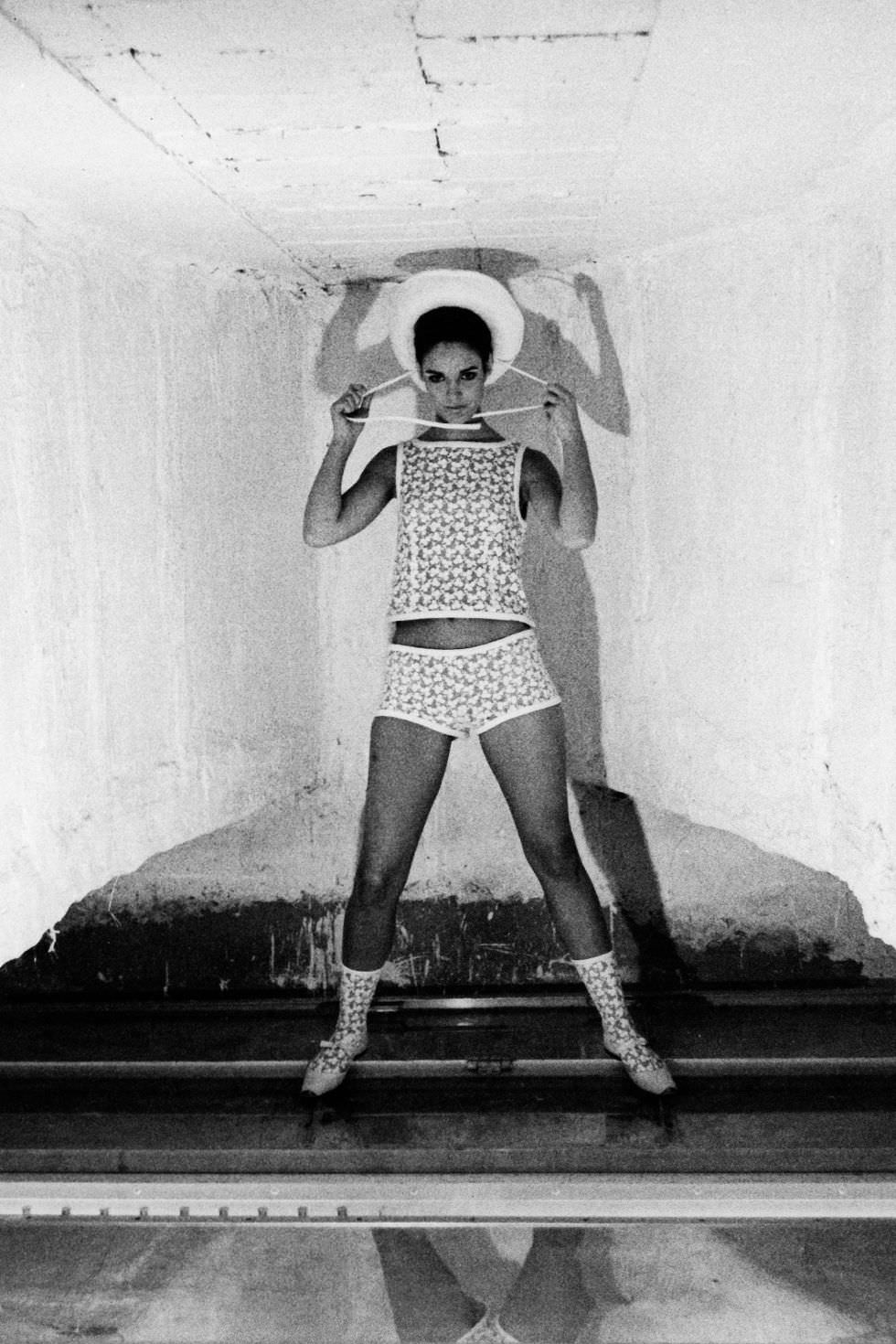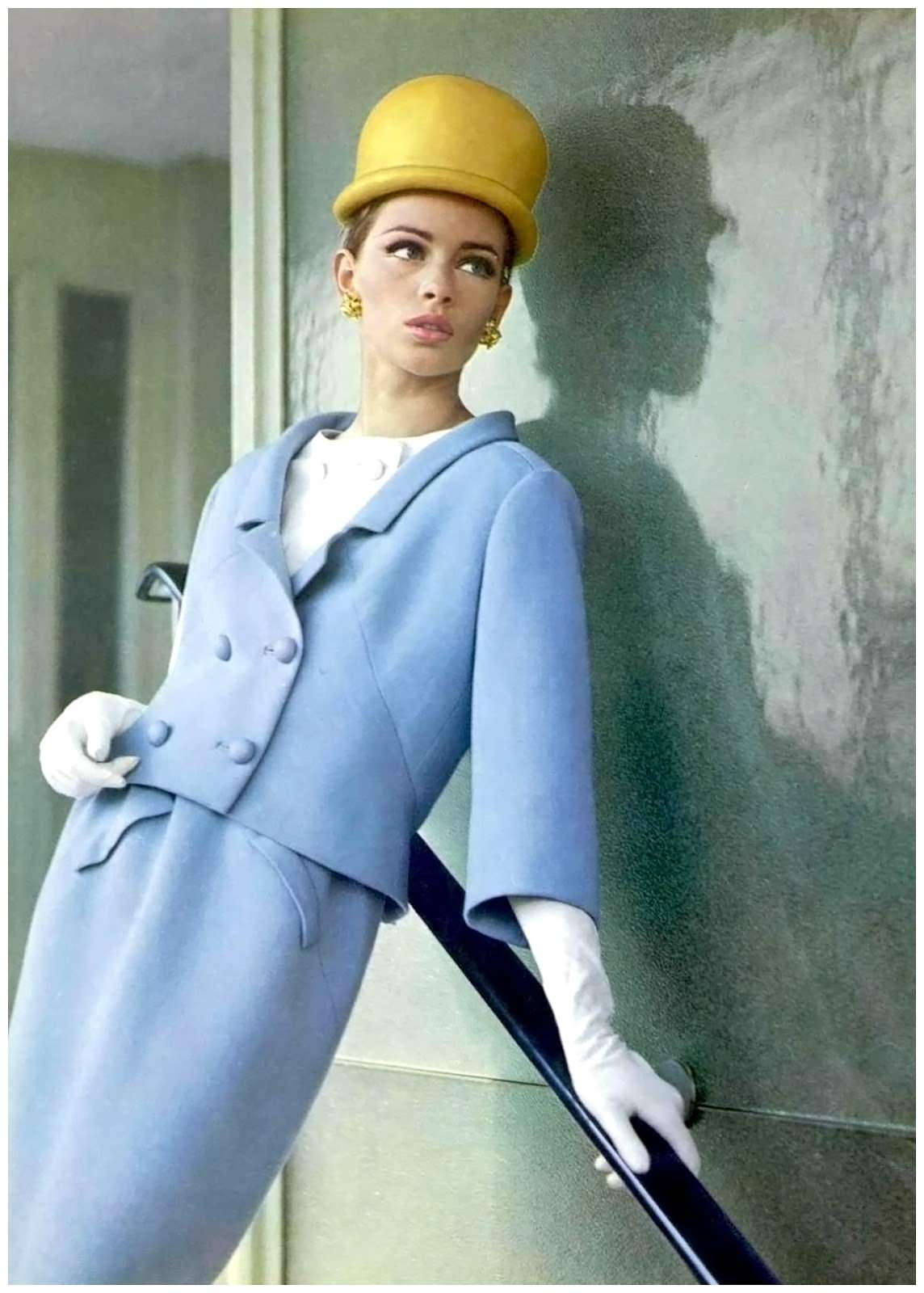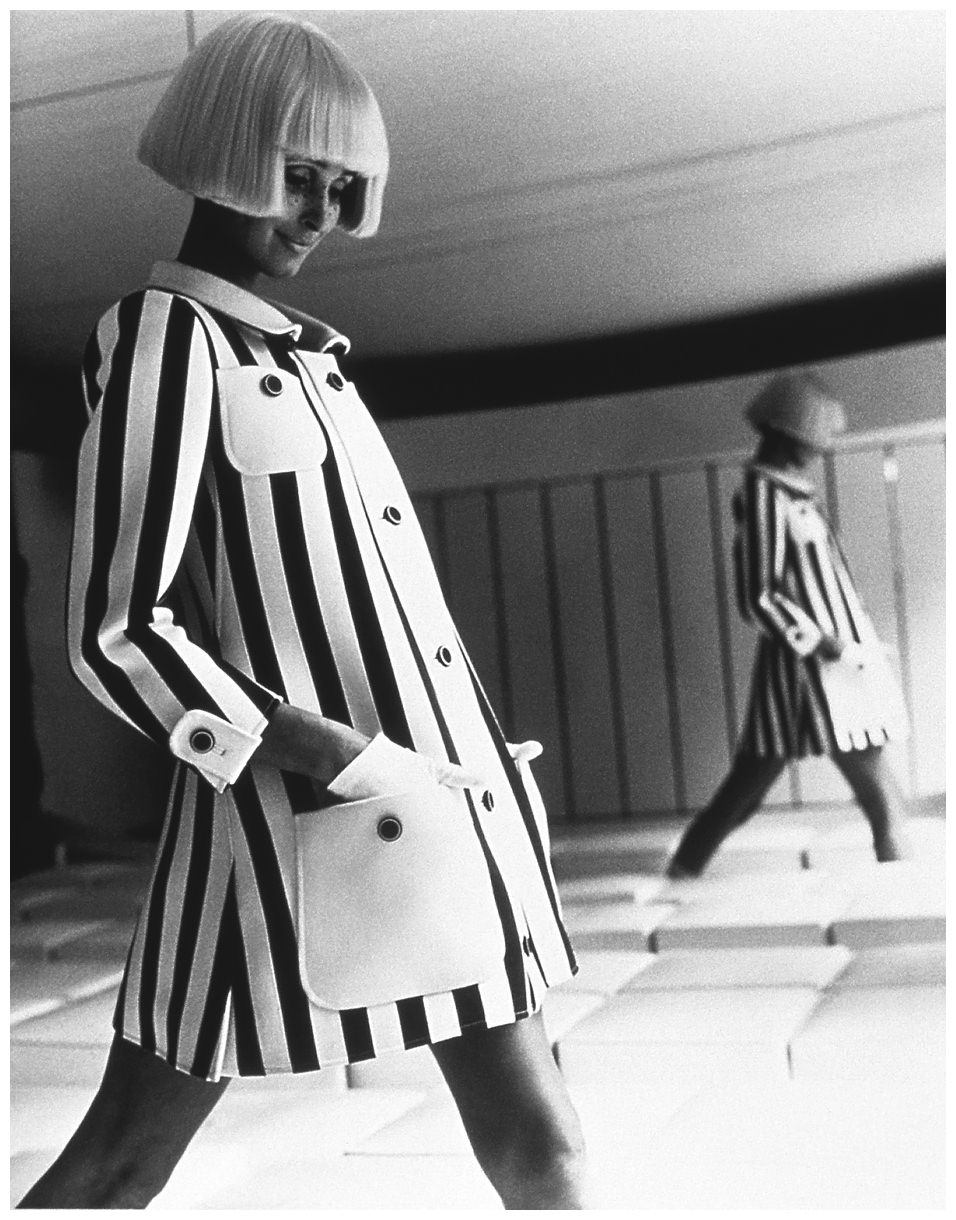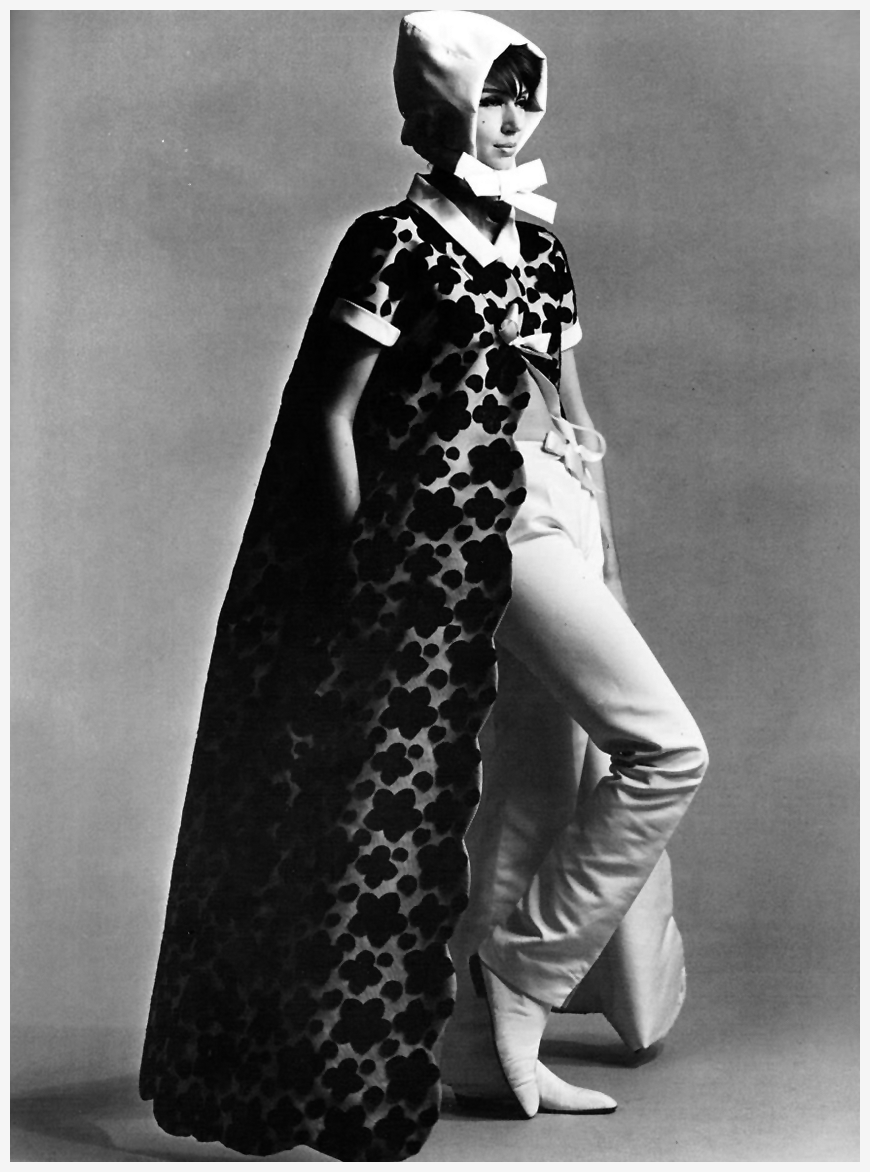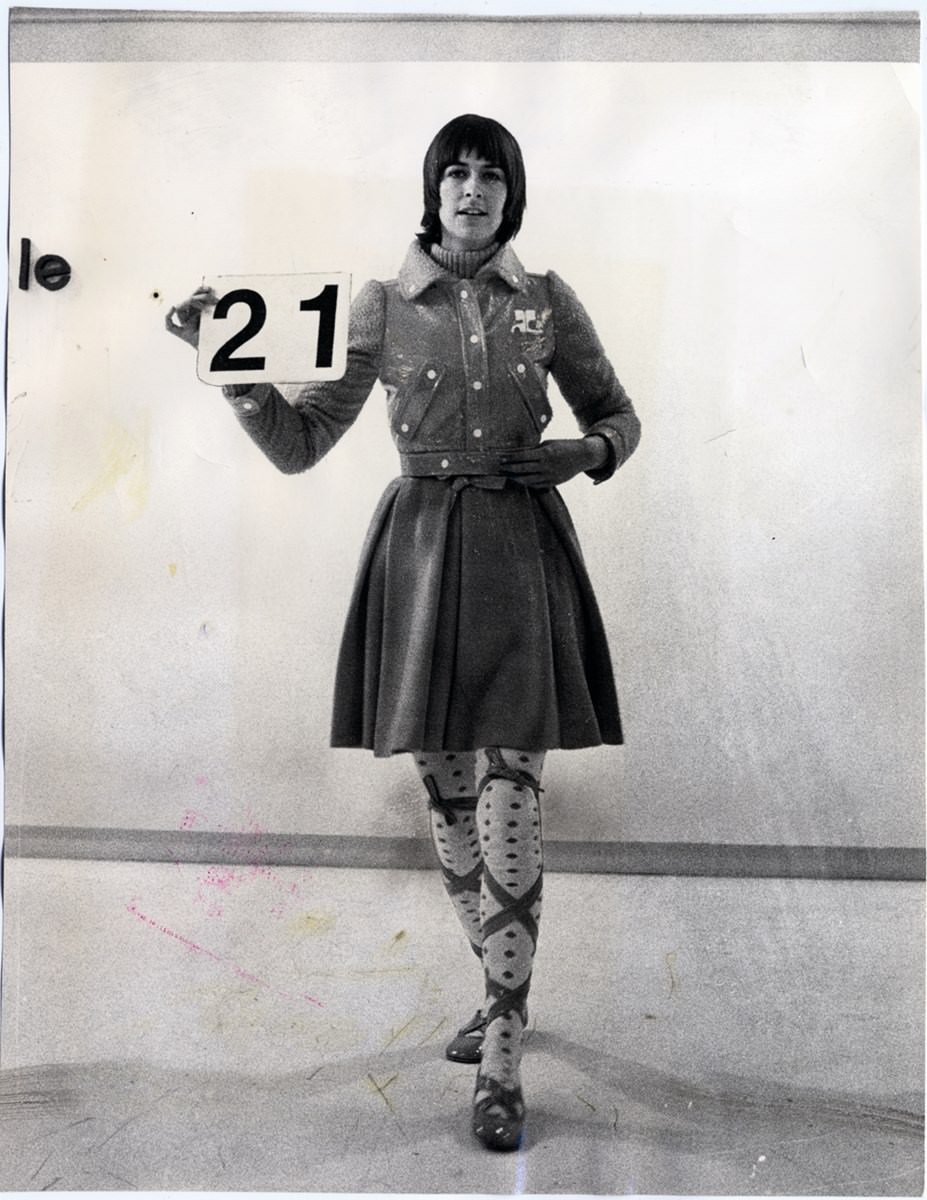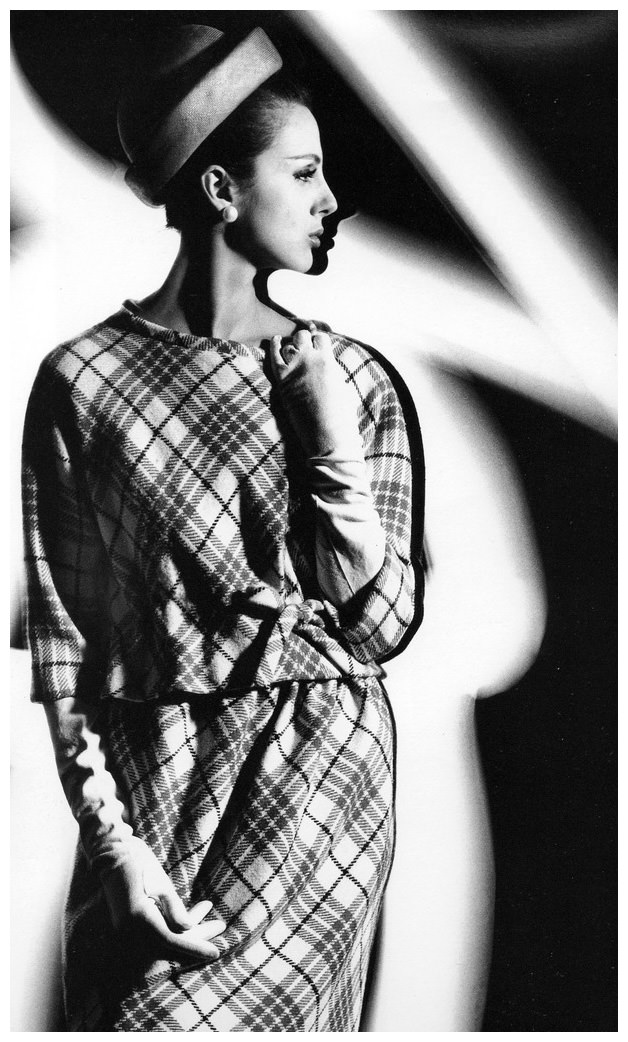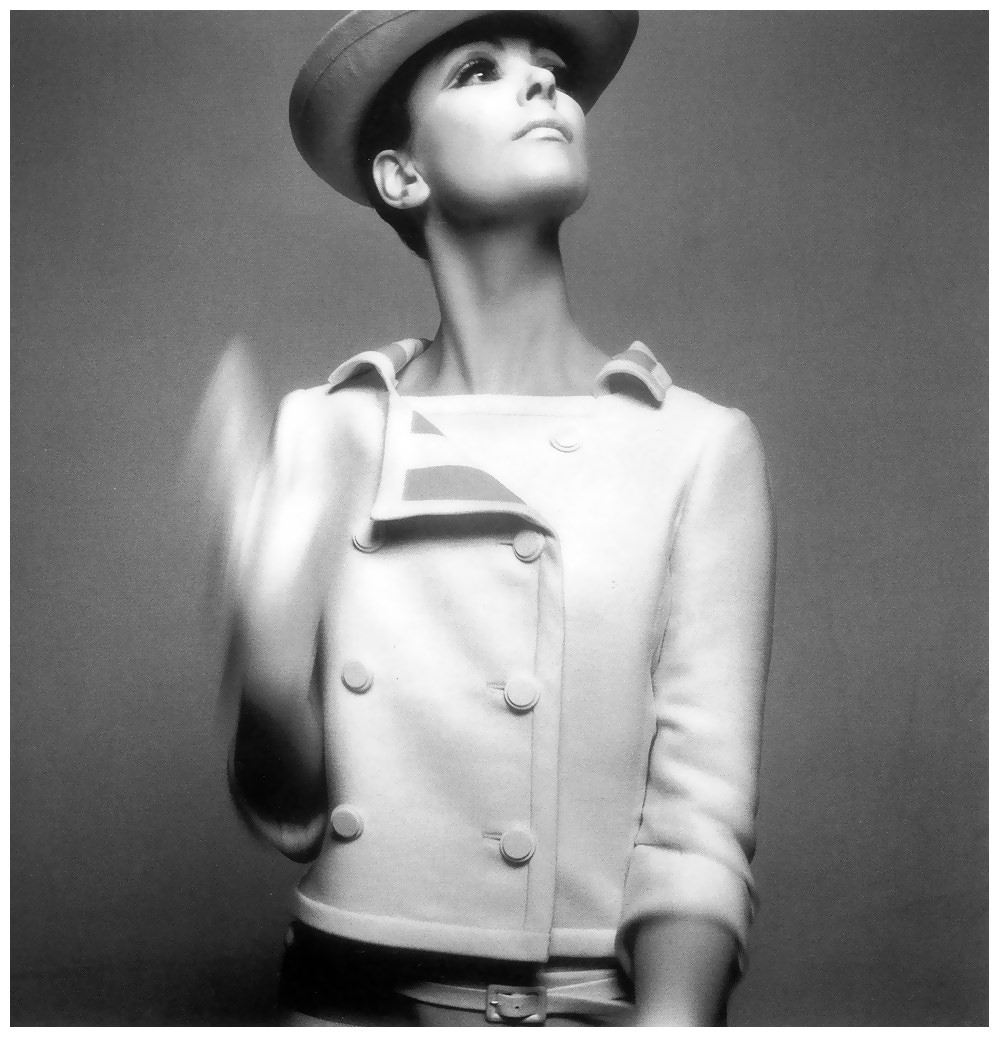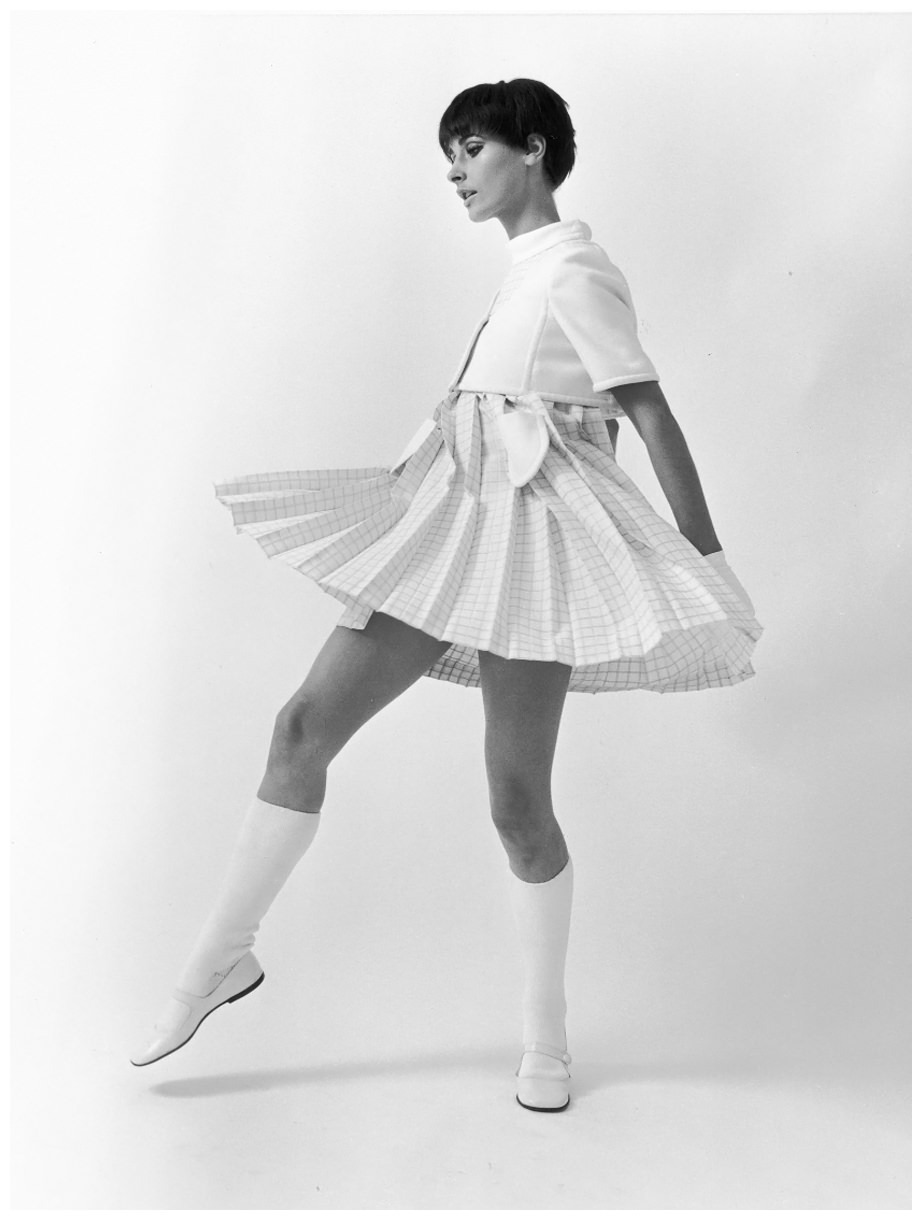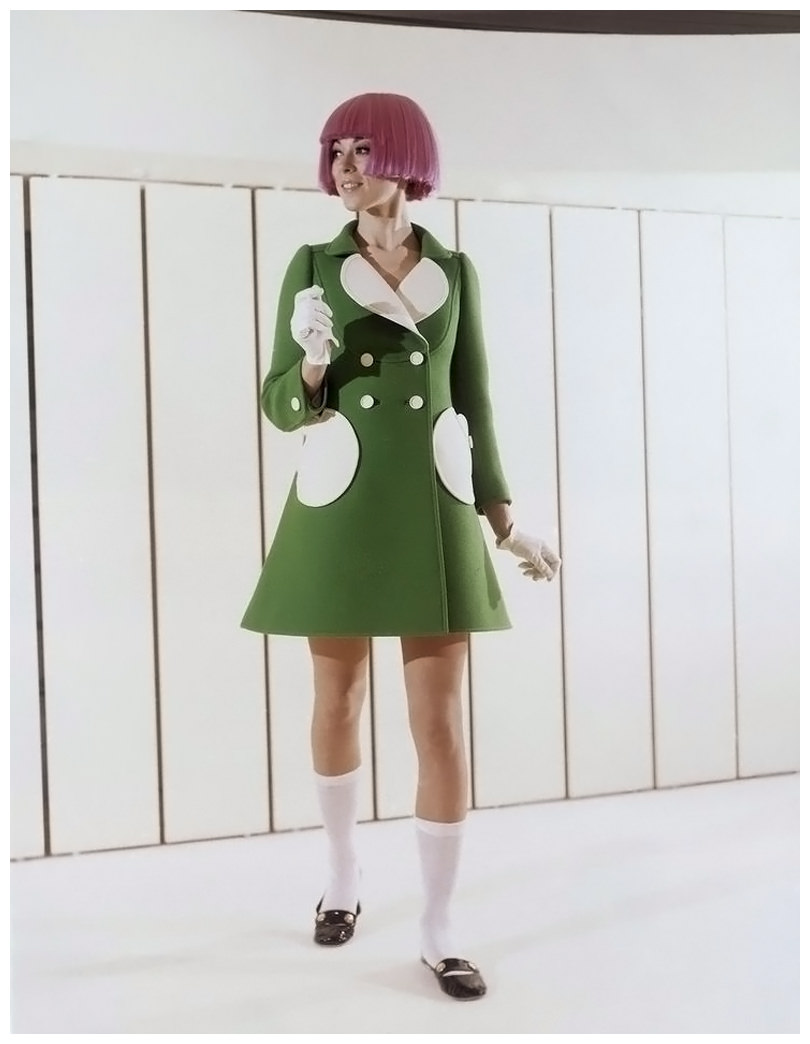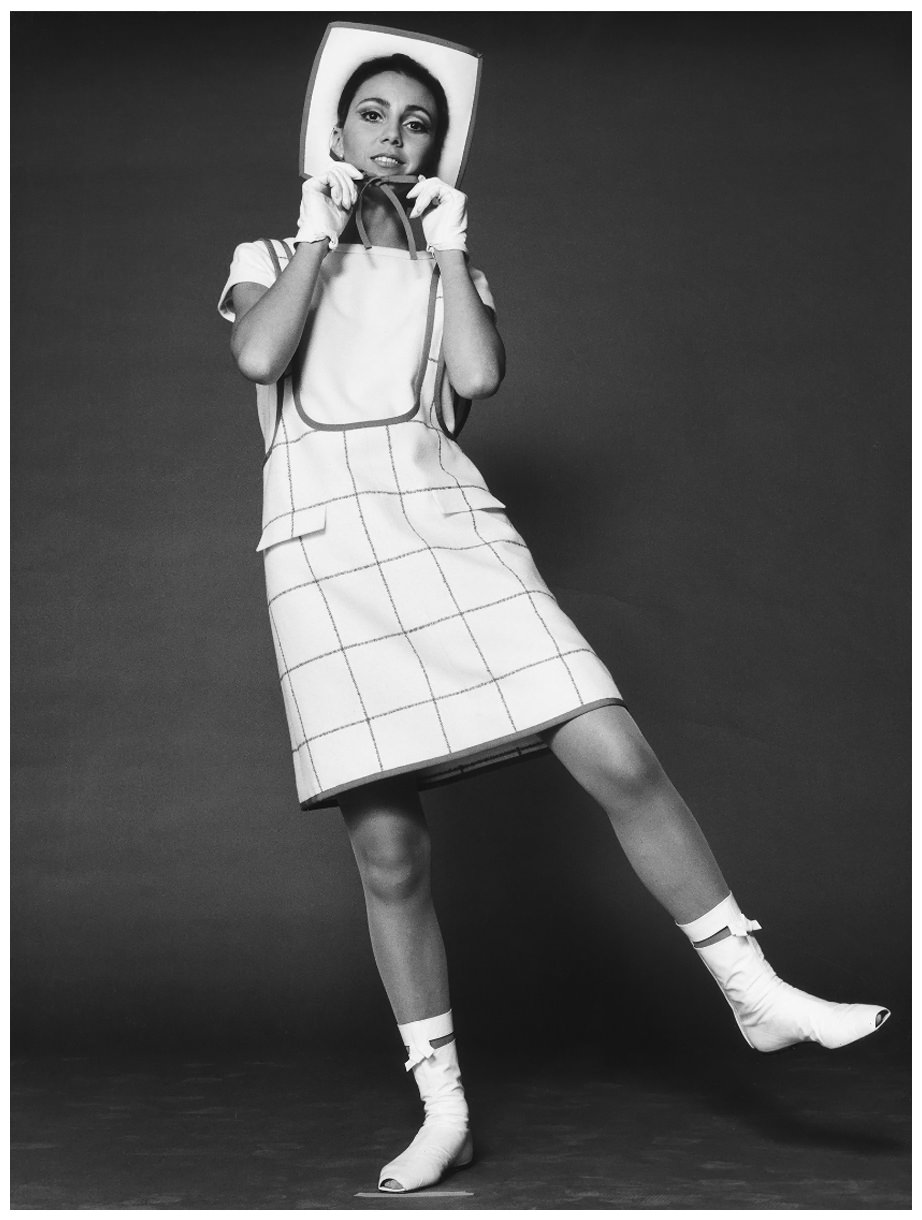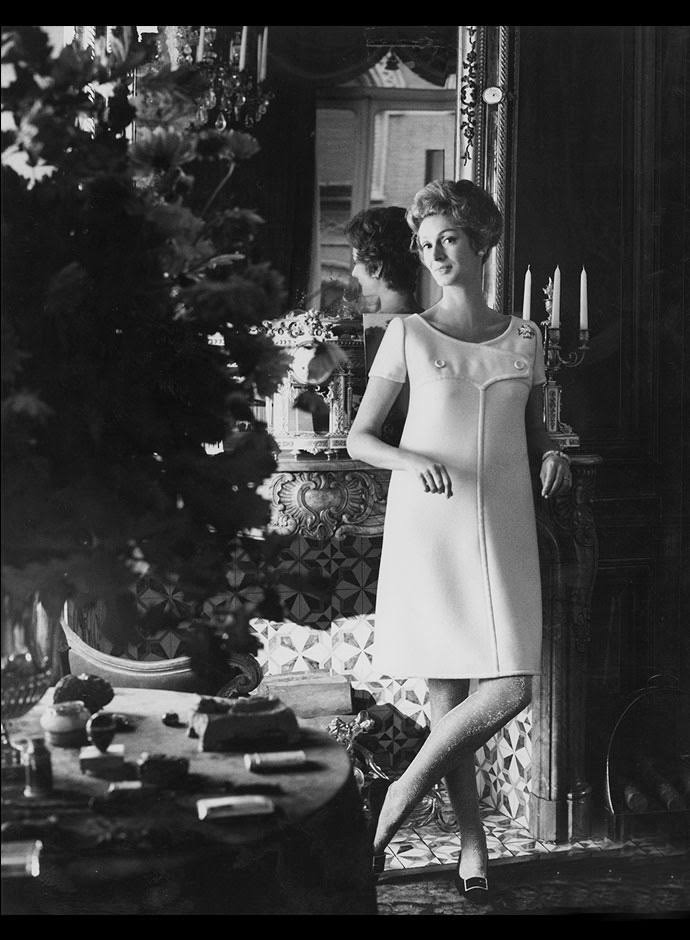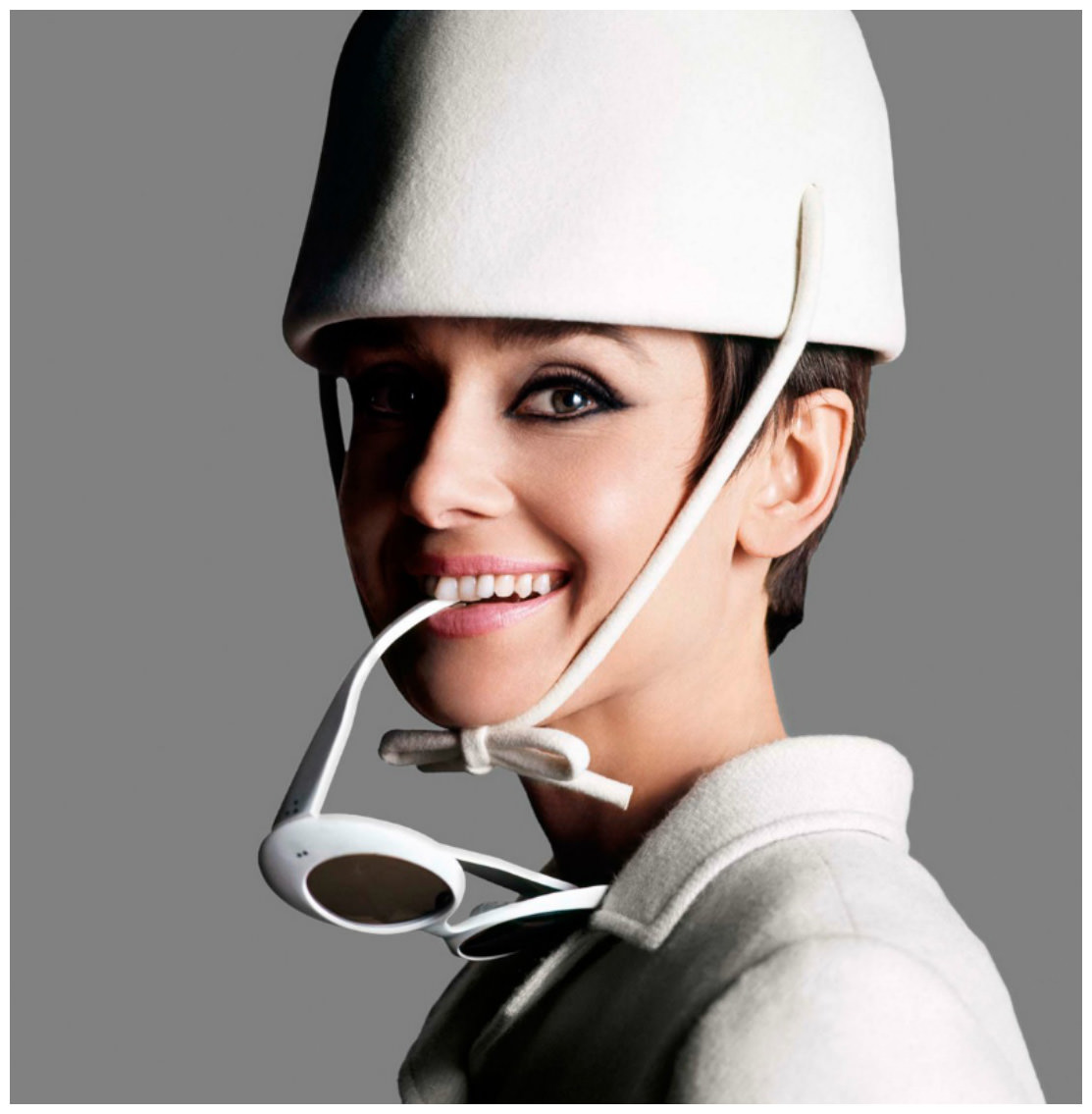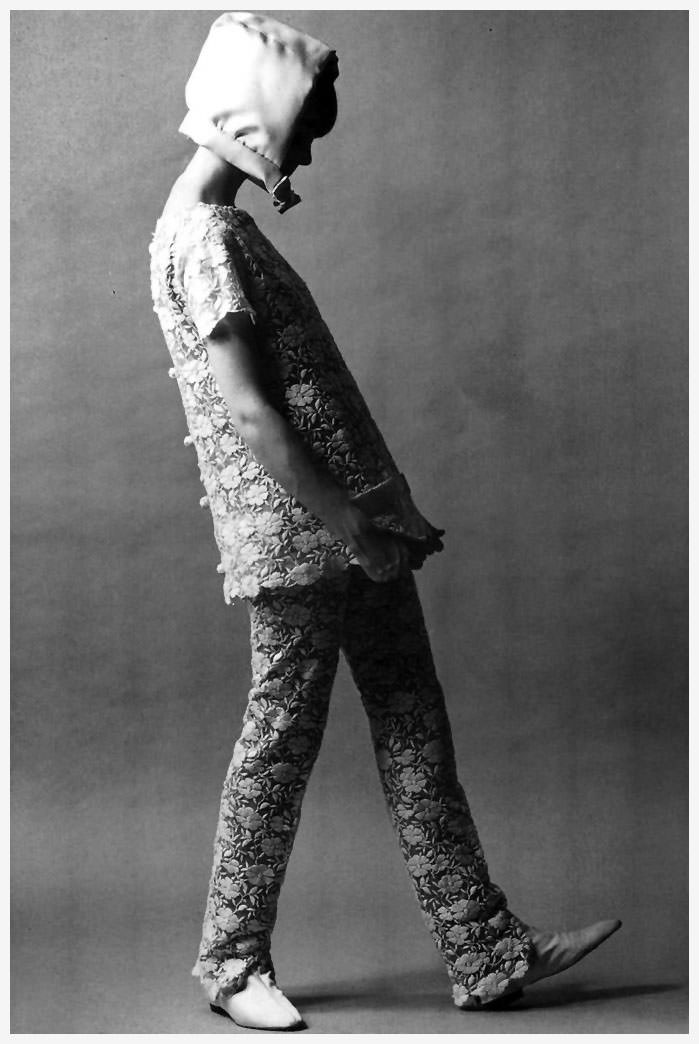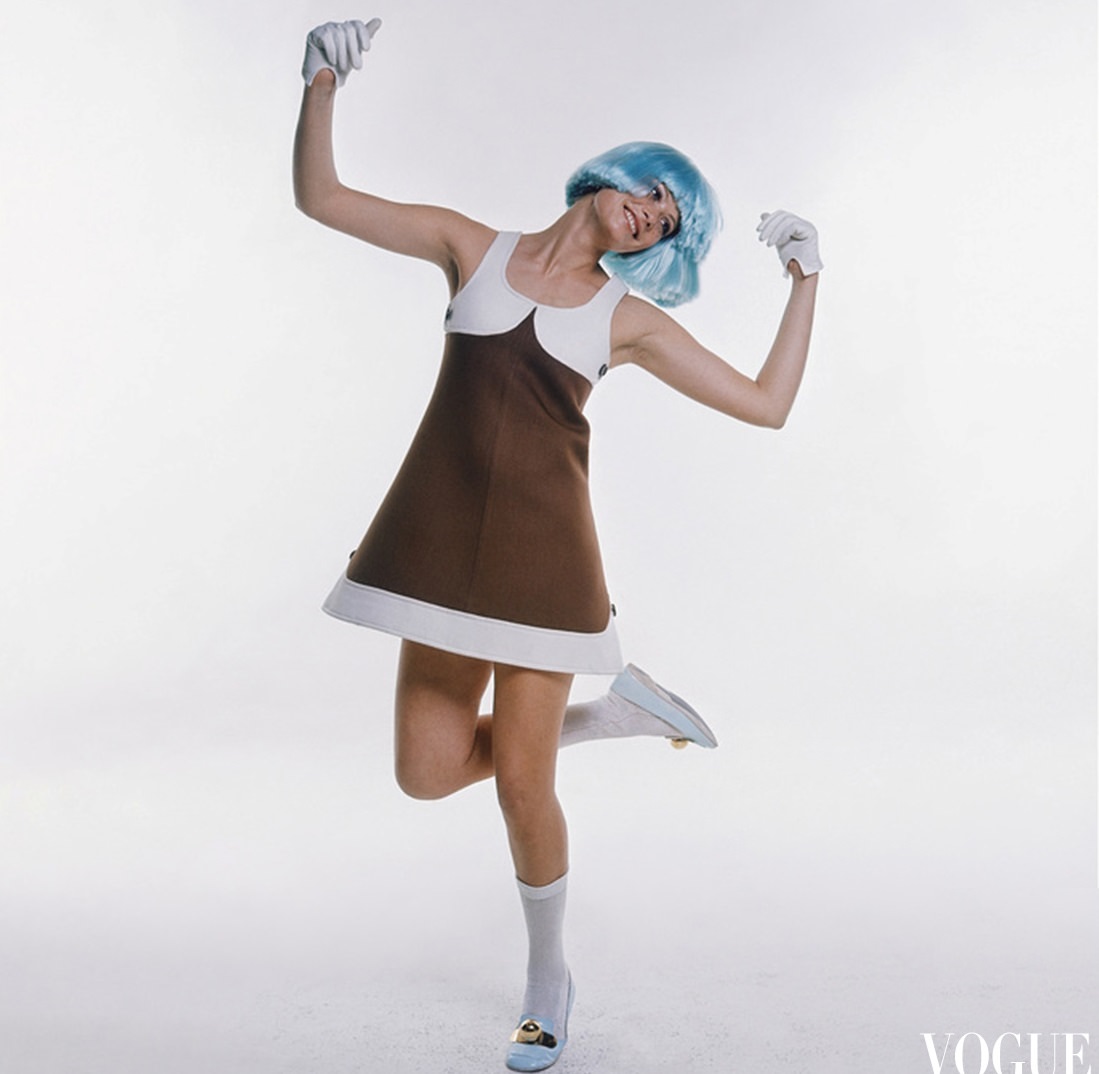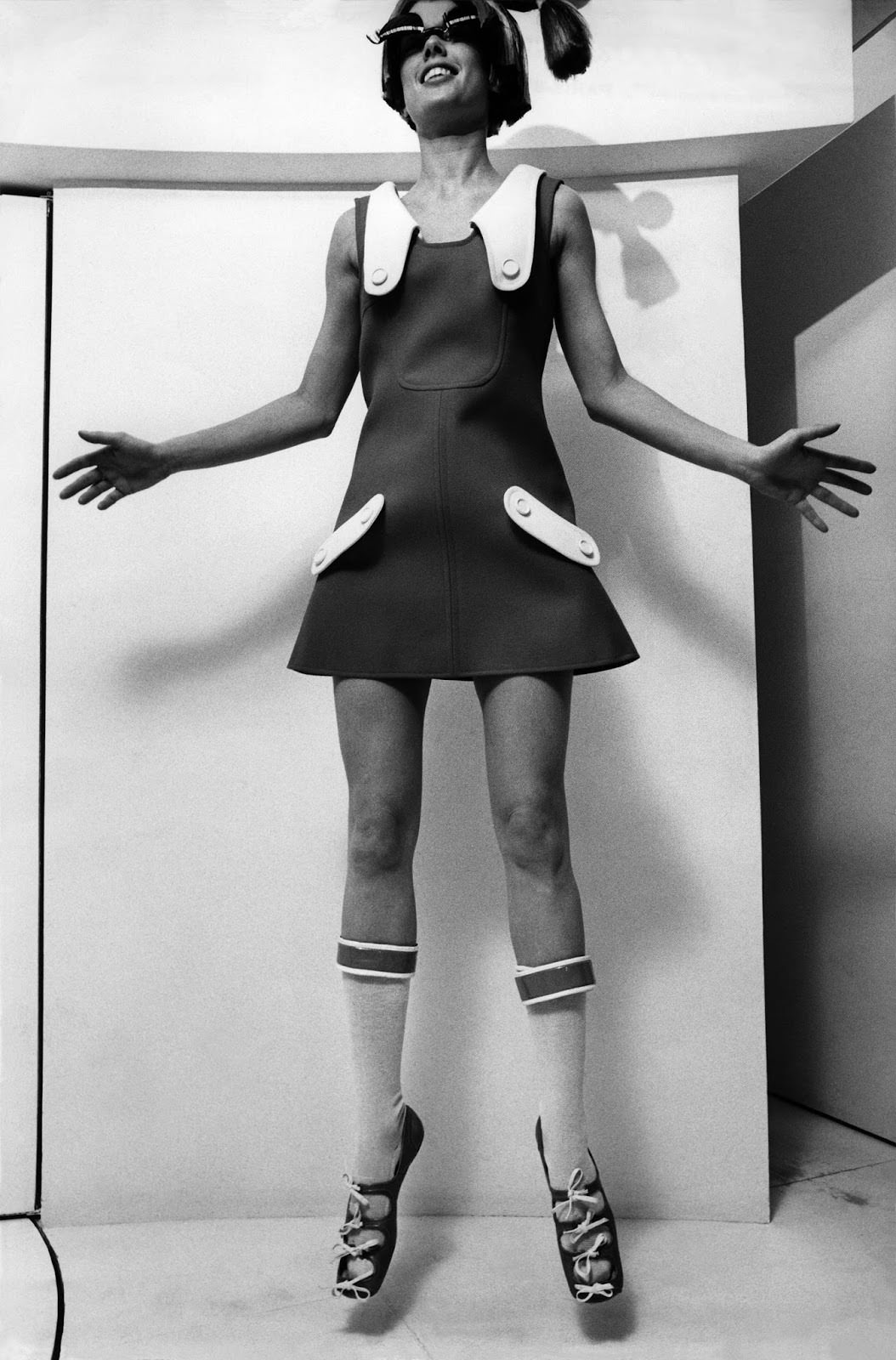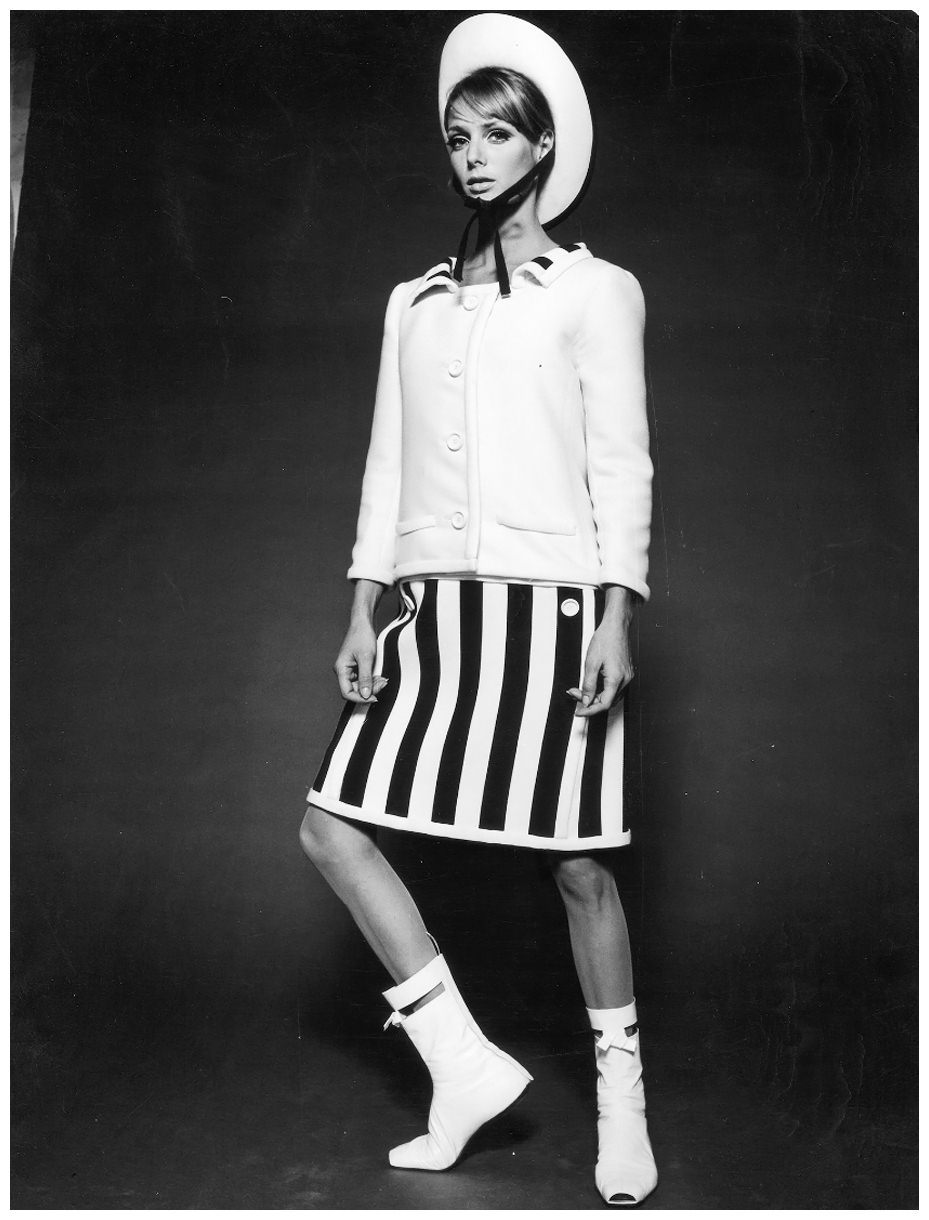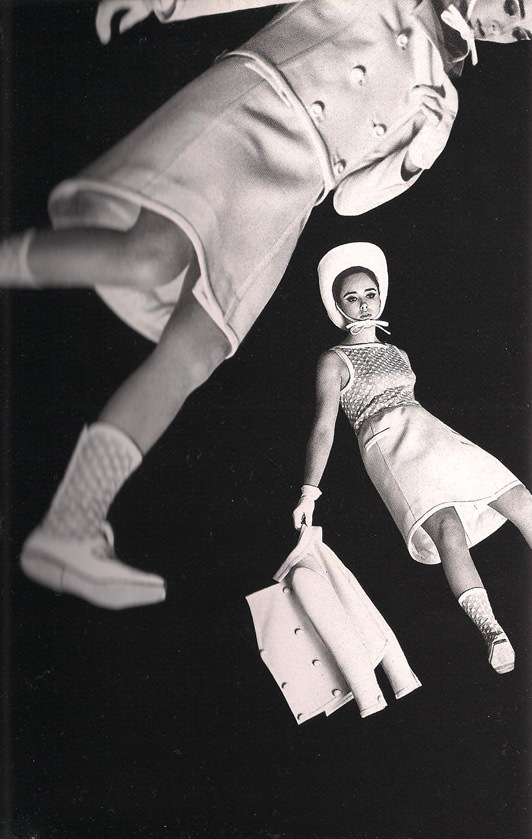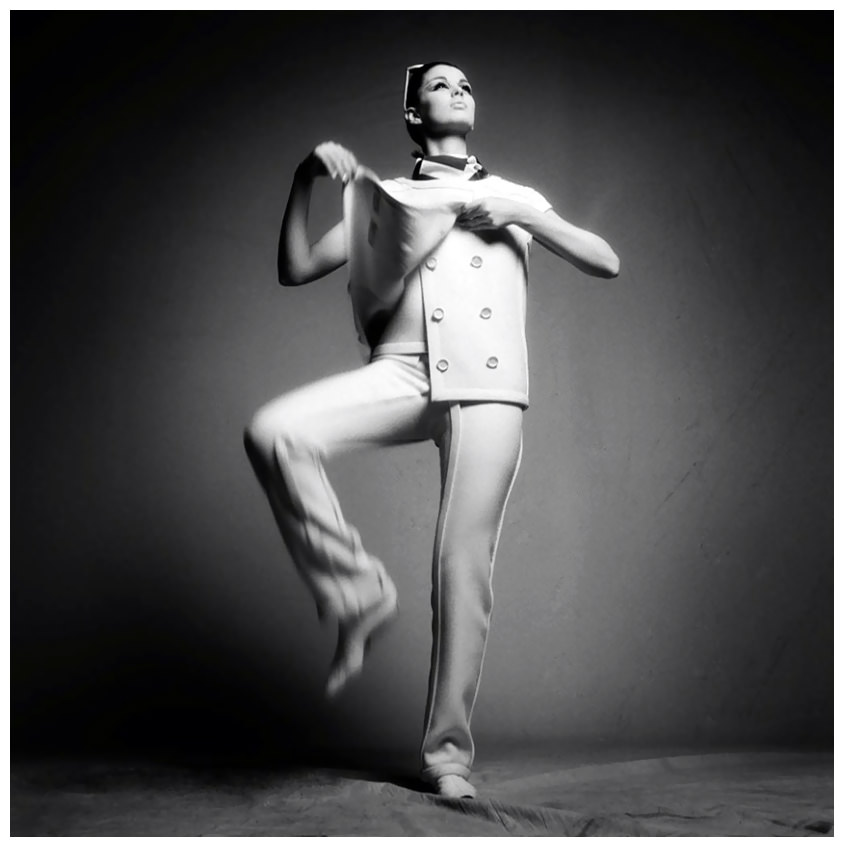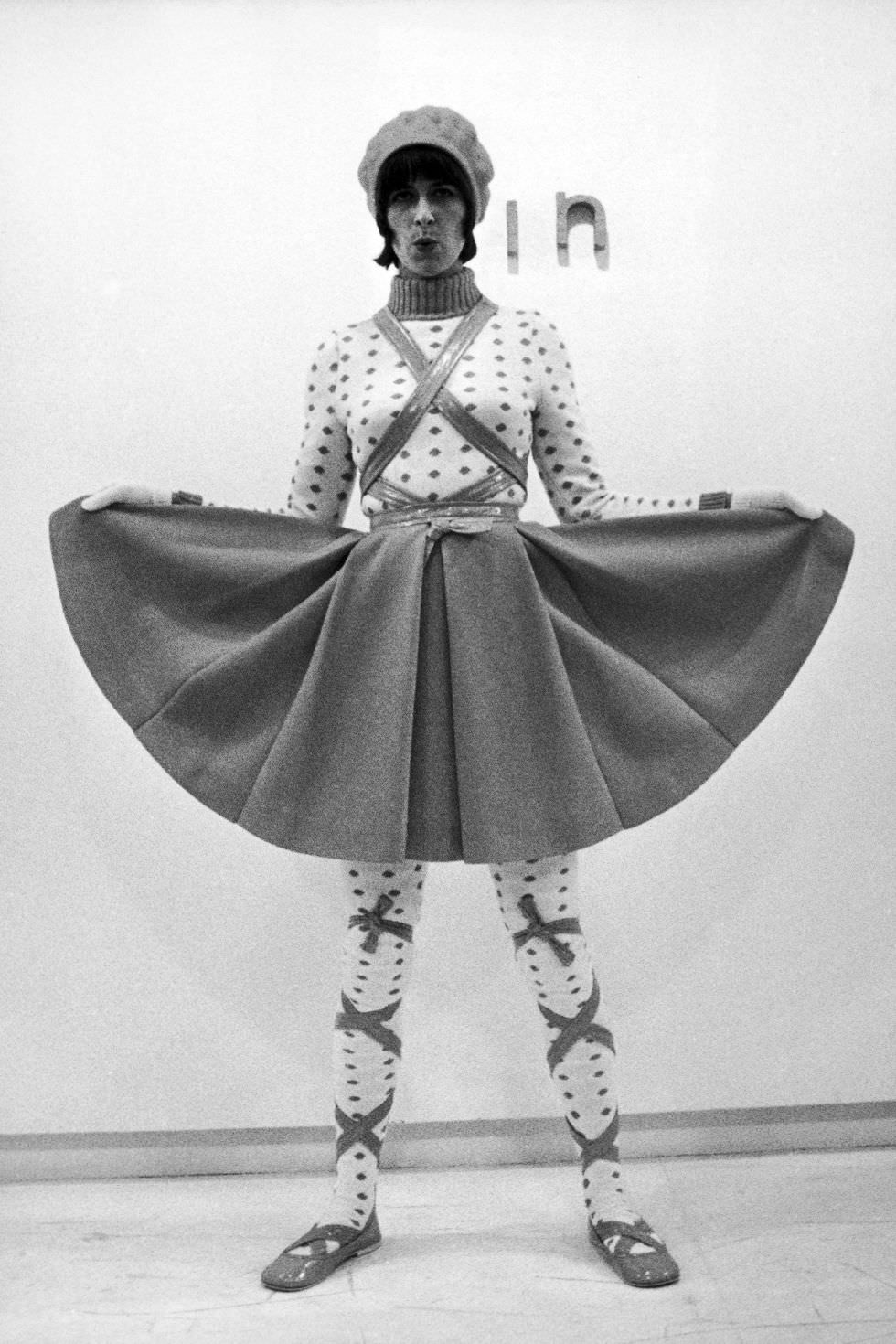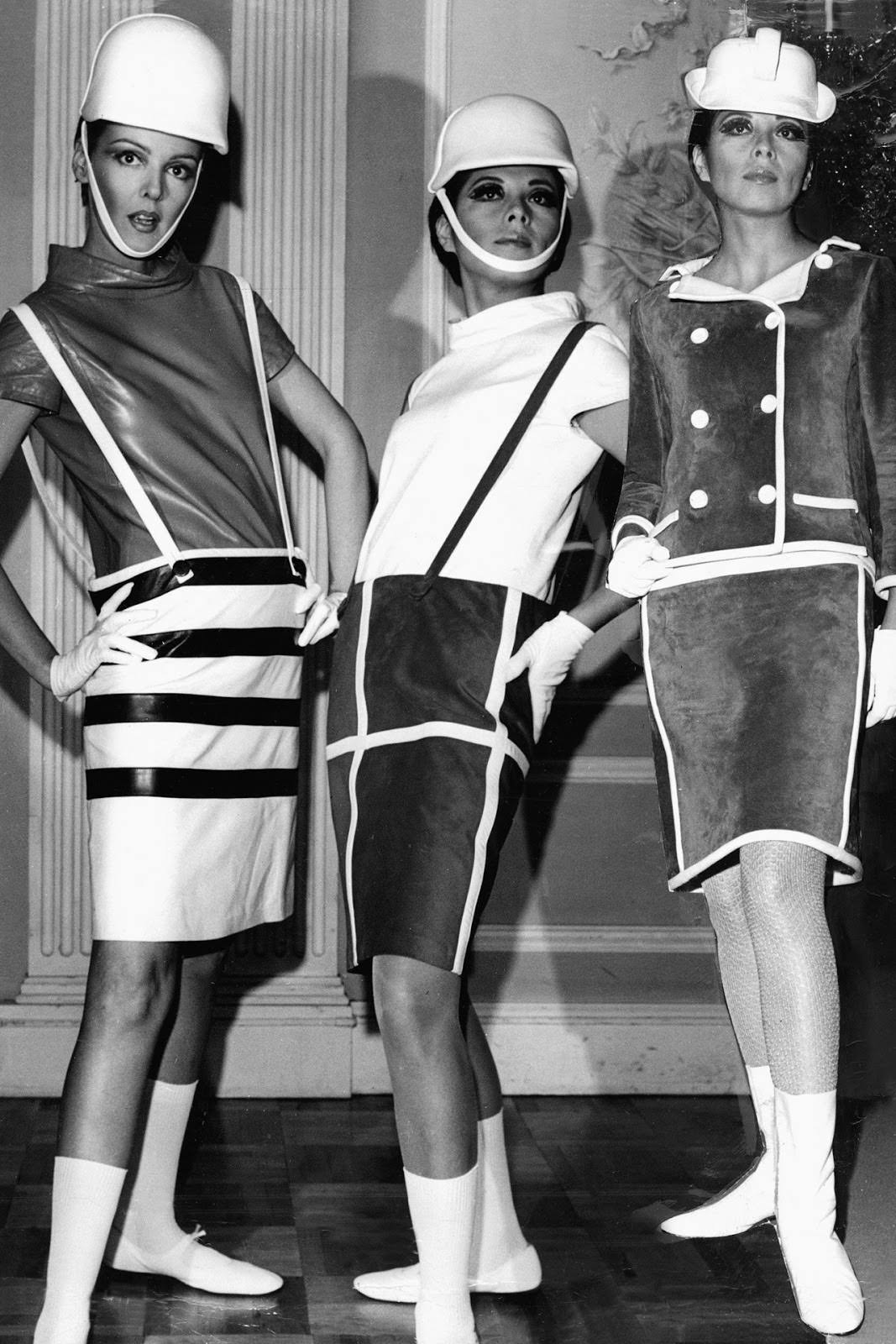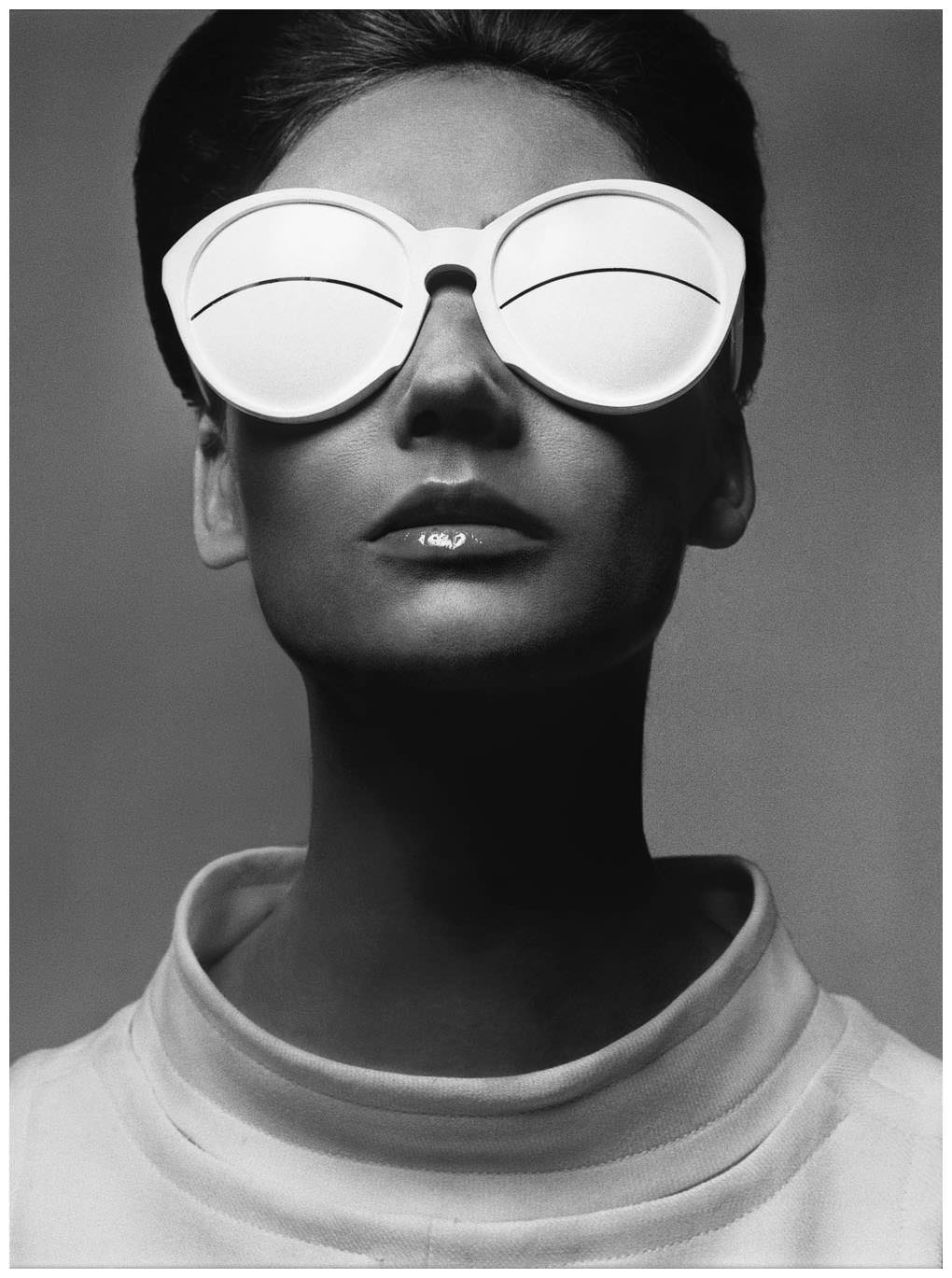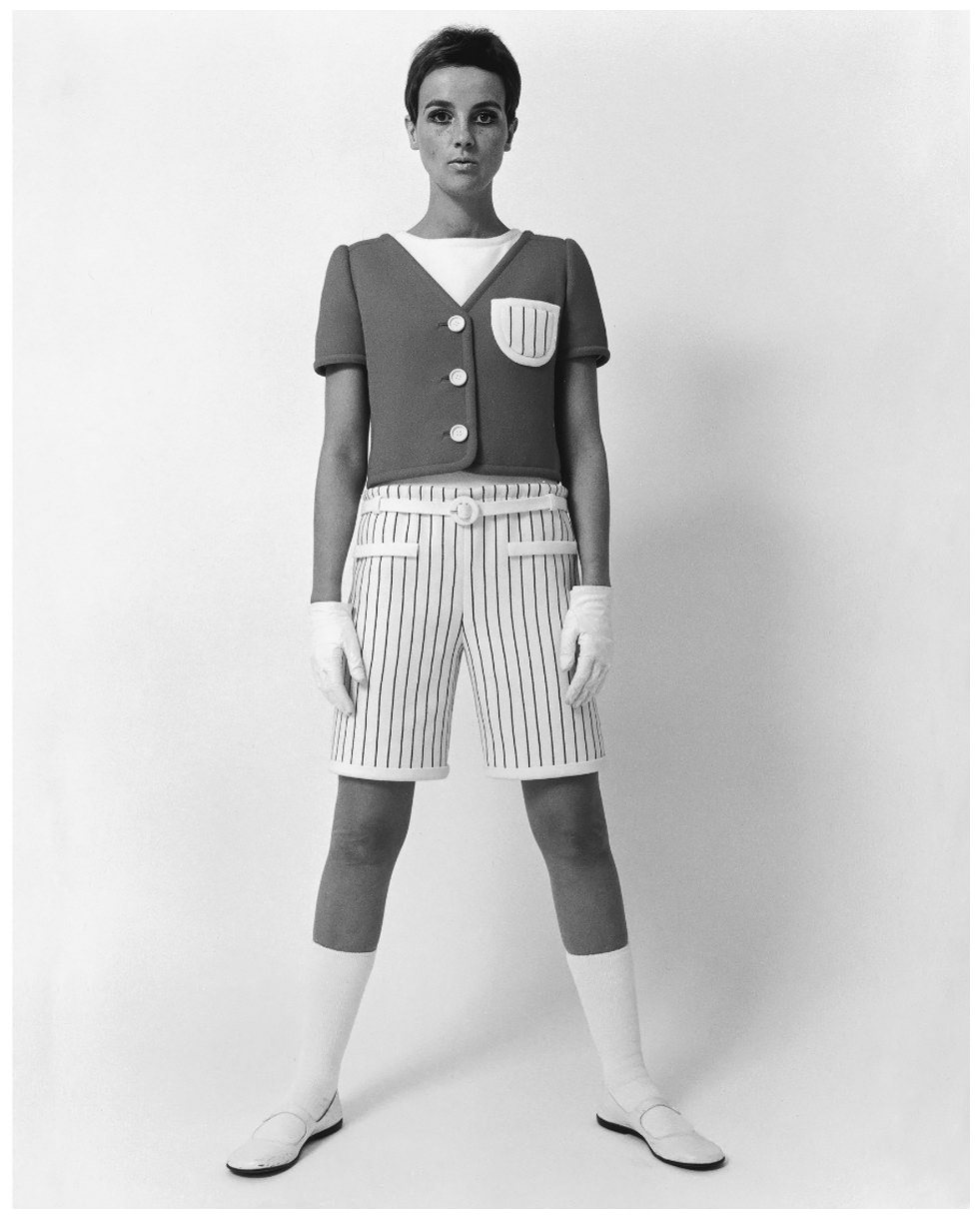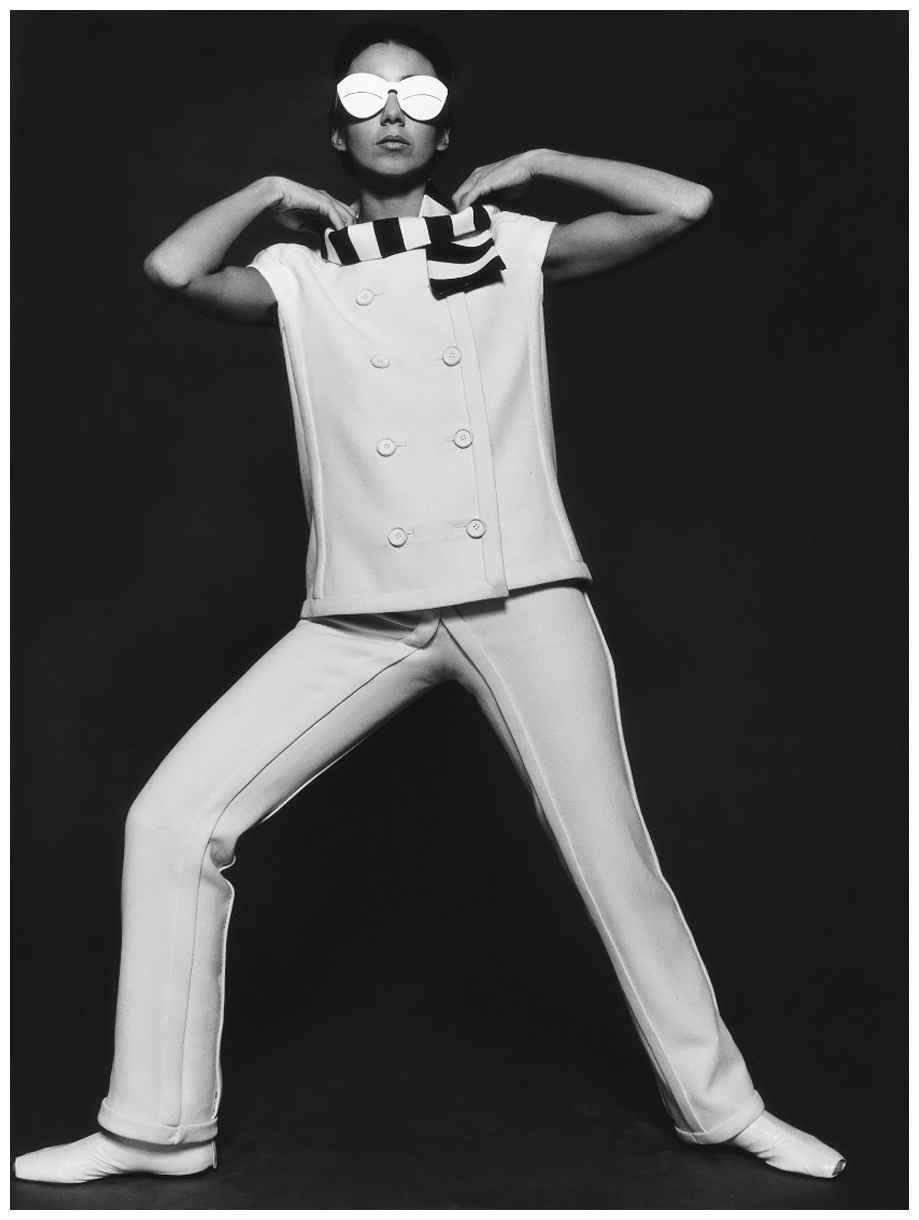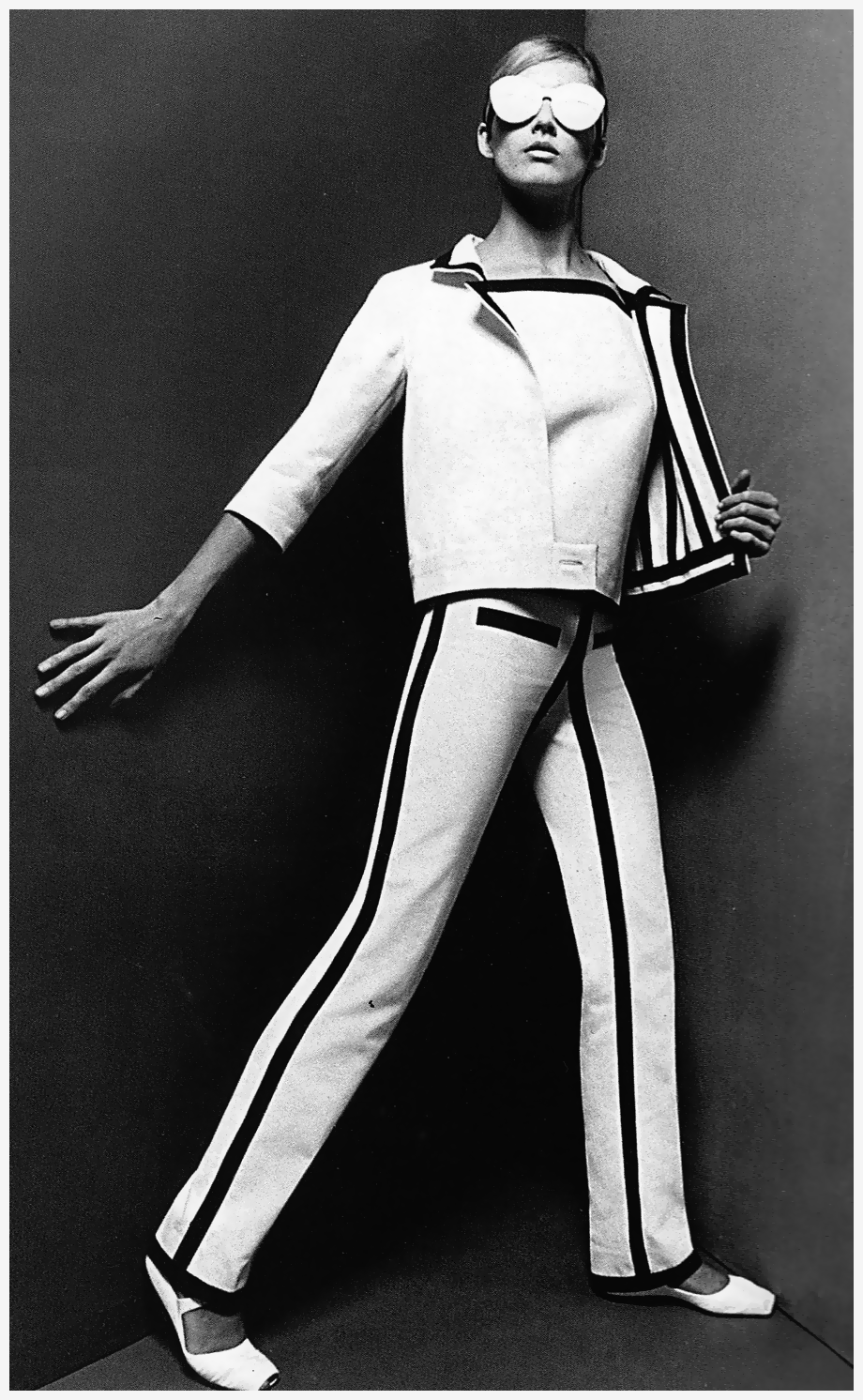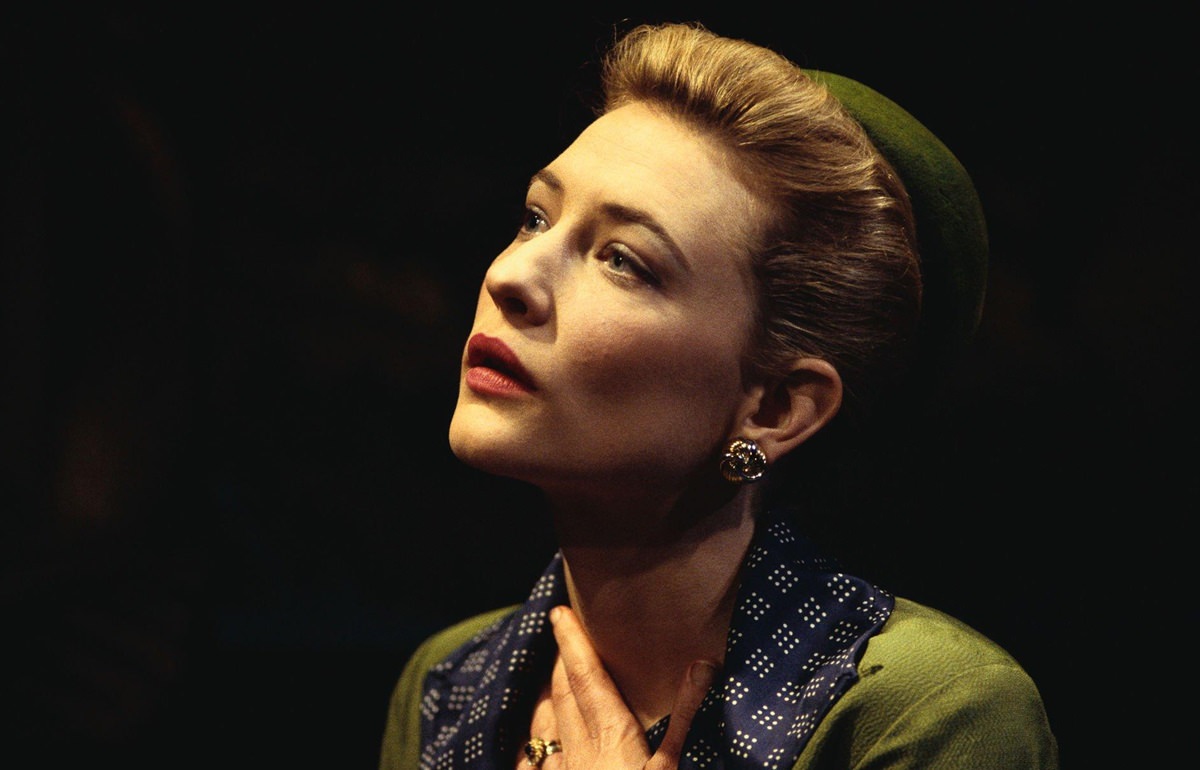In the constellation of fashion icons, André Courrèges shines a little brighter than most. The 1960s, known for its revolutionary spirit, found its sartorial match in Courrèges, a man whose imagination ventured far into the cosmos, bringing back with it a style that was out of this world. His Space Age collection, introduced in the mid-1960s, was more than fashion; it was a cultural phenomenon, a reimagining of what modern attire could be, inspired by the era’s obsession with space exploration and technology.
Launching a New Era: The Space Age Collection
The world stood on the cusp of a new frontier in the 1960s, with eyes turned skyward. The space race was in full throttle, and the notion of a futuristic utopia was embedded in the global consciousness. André Courrèges, having launched his fashion house in 1961, absorbed this zeitgeist, allowing it to permeate his designs and ultimately manifest in his groundbreaking ‘Space Age’ collection in 1964.
It was as if Courrèges had taken a spacecraft to the future and returned with his sketches. The collection showcased cuts that were angular, simplistic, and direct contradictions to the more form-fitting, traditional silhouettes of previous decades. He introduced the fashion world to A-line dresses, thigh-high skirts, structured trousers, and close-fitting knit bodysuits, each piece making a statement that was both elegant and audacious.
Materializing the Future: Fabrics and Colors
Courrèges didn’t just stop at altering silhouettes; he revolutionized the very materials and colors utilized in the fashion industry. The designer employed unconventional, even industrial, materials like plastic and PVC, boldly taking attire into realms previously unexplored. His color palette was just as innovative, dominated by whites and metallics, which, alongside the occasional dashes of primary colors, created a look that was sleek and forward-looking.
The iconic white, mid-calf boots, often created in shiny patent leather or PVC, encapsulated the essence of the collection. They weren’t just accessories; they were a rebellion against the stiletto heels and more restrained styles of the 1950s, representing freedom, progression, and a touch of space traveler chic.
Echoes of Liberation: Courrèges’ Cultural Impact
But what does space have to do with liberation? In the 1960s, space represented the ultimate freedom, the breaking of all earthly bounds. Courrèges’ fashion captured this sentiment, offering women styles that were freeing, both in their wear and what they symbolized. The miniskirts and trapeze dresses weren’t just fashionable; they defied the traditional, more conservative post-war styles, reflecting the decade’s larger cultural rebellions.
Courrèges’ designs resonated with the era’s youth, who were ready to throw off the constraints of the previous generation. His styles, worn by the likes of Audrey Hepburn and Jackie Kennedy, were more than just popular; they were emblematic of the seismic shifts happening in society.
The idea wasn’t just to predict how people might dress in the future, but to shape that future in the present. The legacy of his Space Age collection is its enduring influence. The fashion industry, known for its cyclical nature, often revisits the futuristic themes introduced by Courrèges.
From the runways of luxury fashion houses to street fashion, elements from the Space Age—a metallic sheen, stark minimalism, and geometric construction—are integrated into contemporary design. His influence extends beyond fashion, touching industrial design, architecture, and pop culture, making the aesthetic a staple in modern creative thought.


